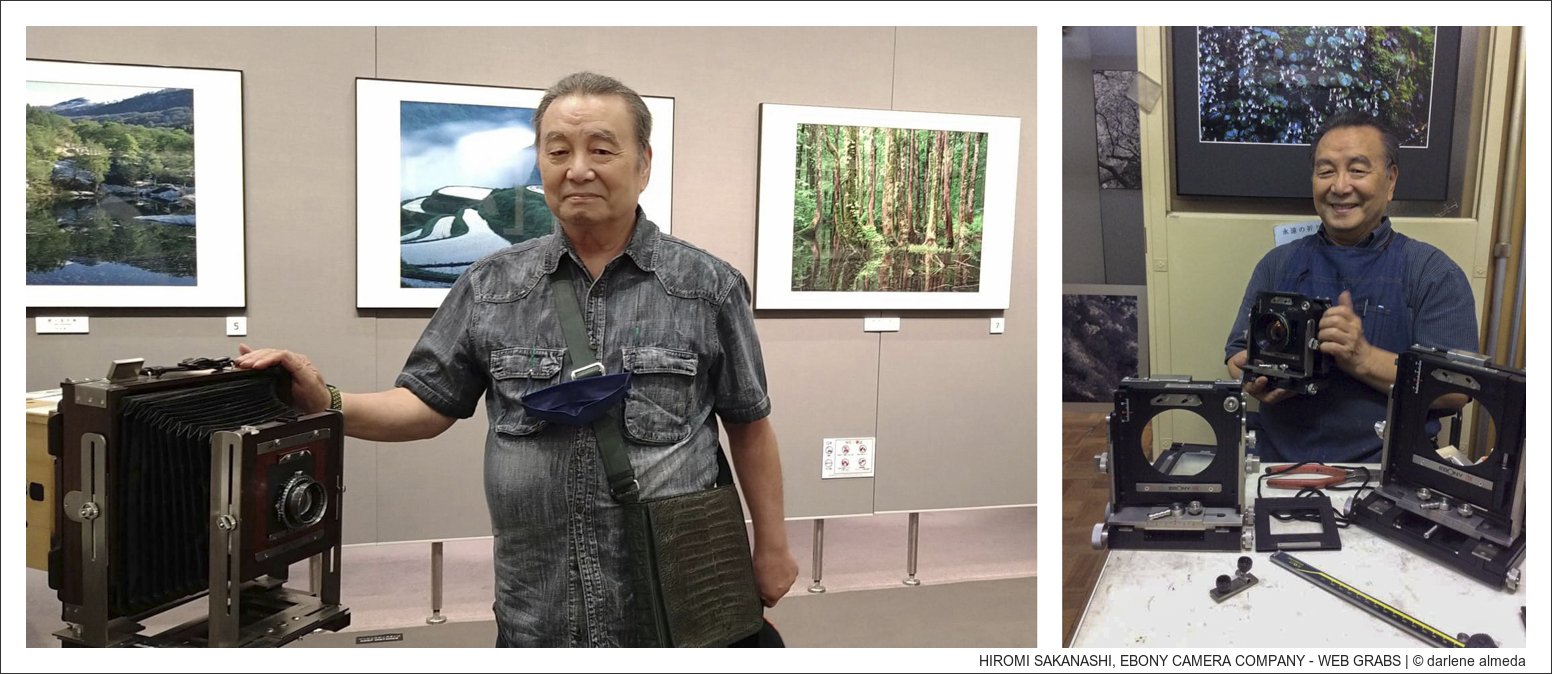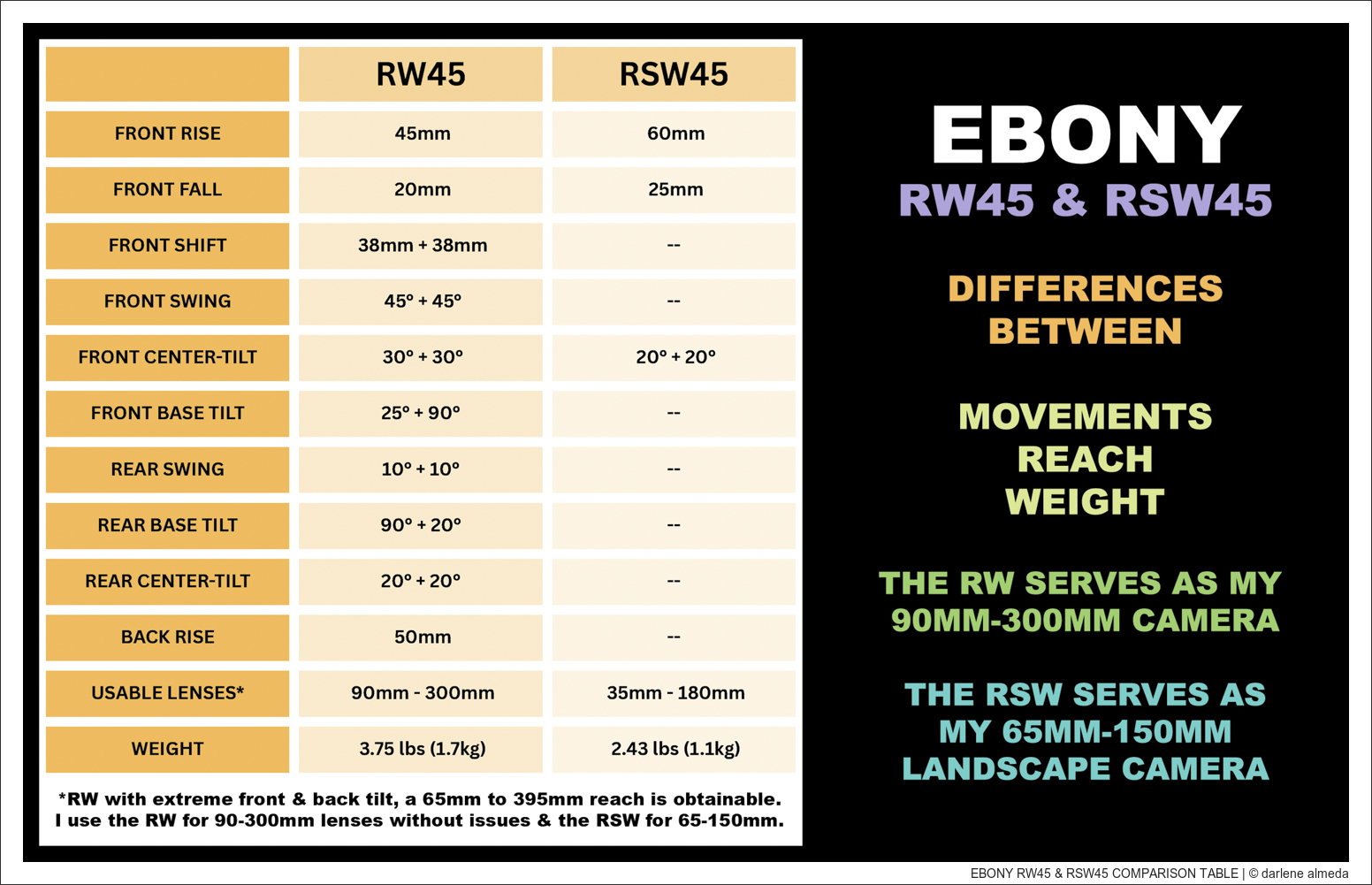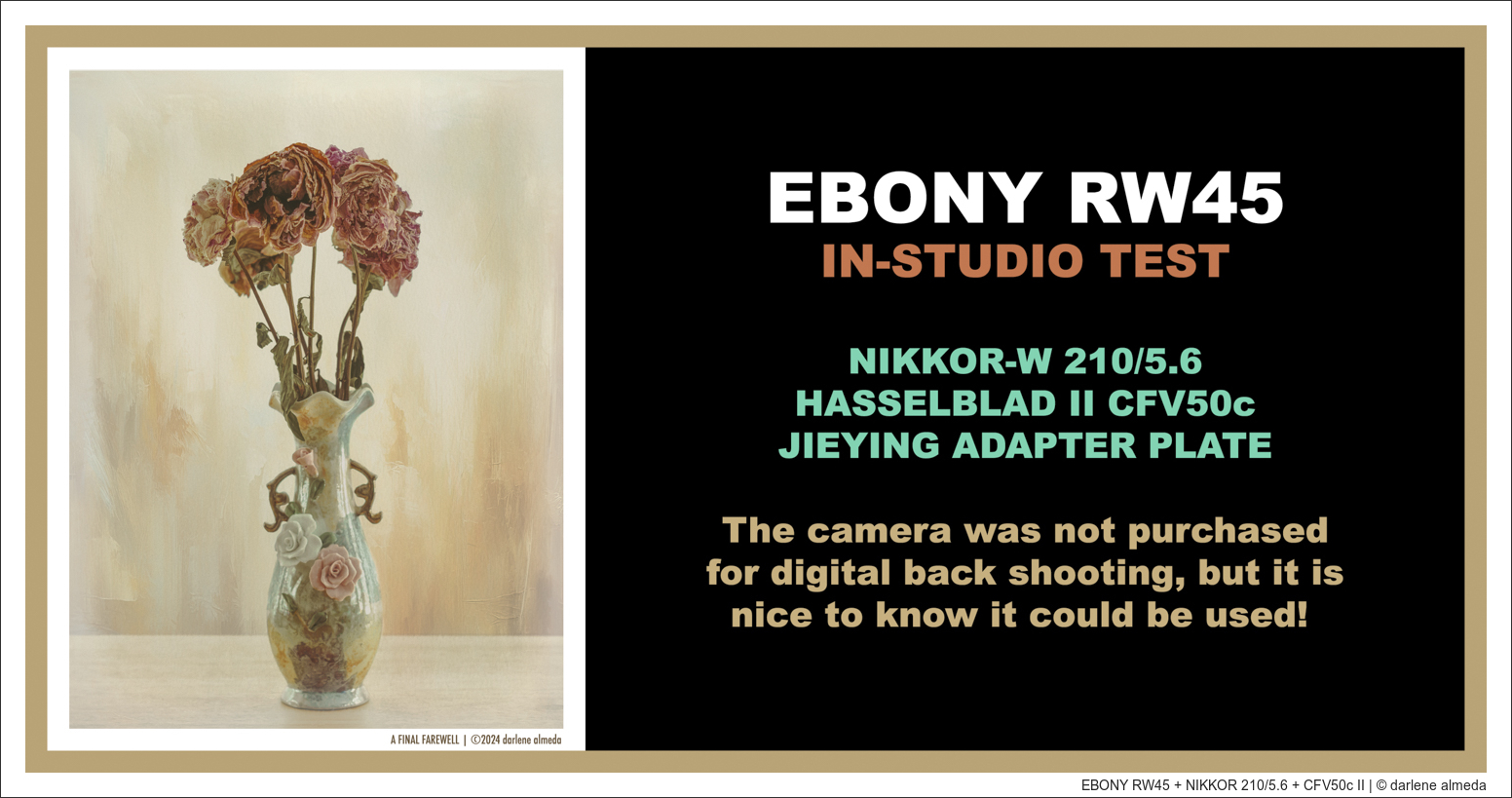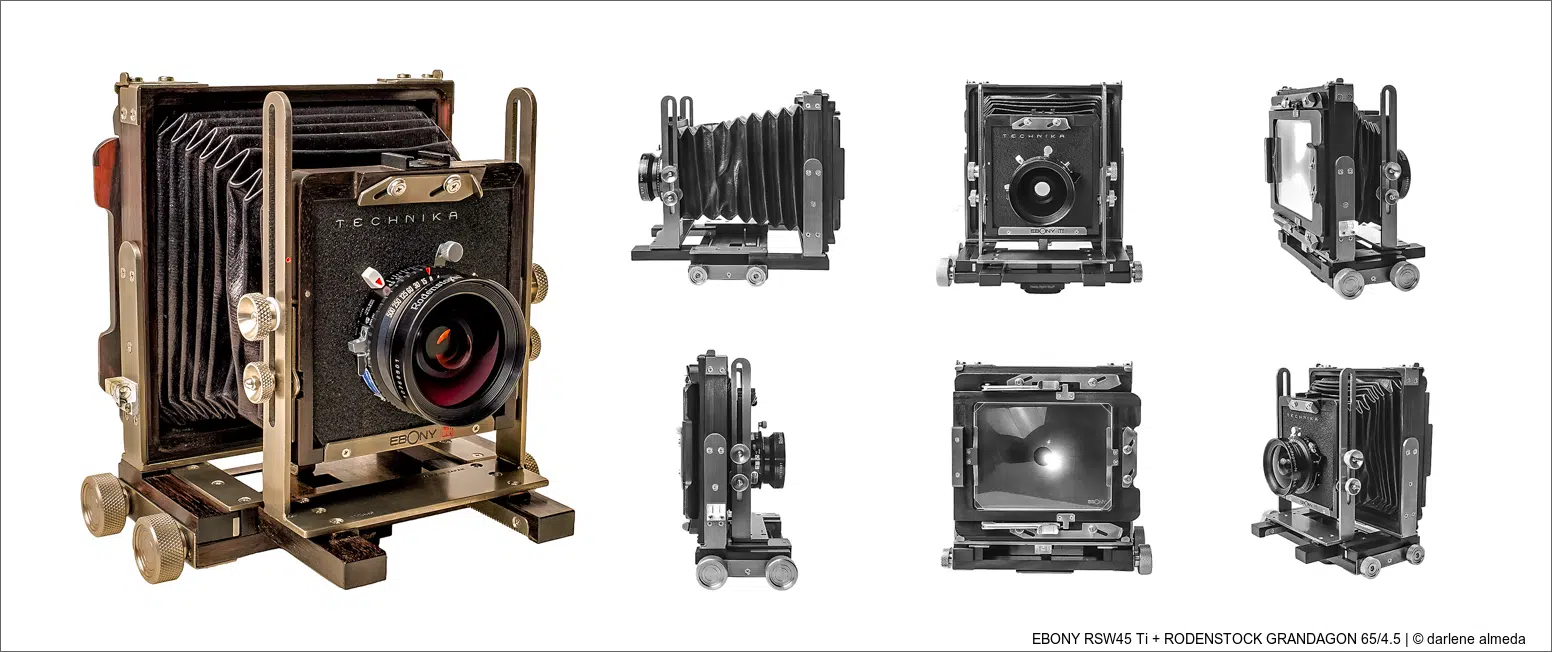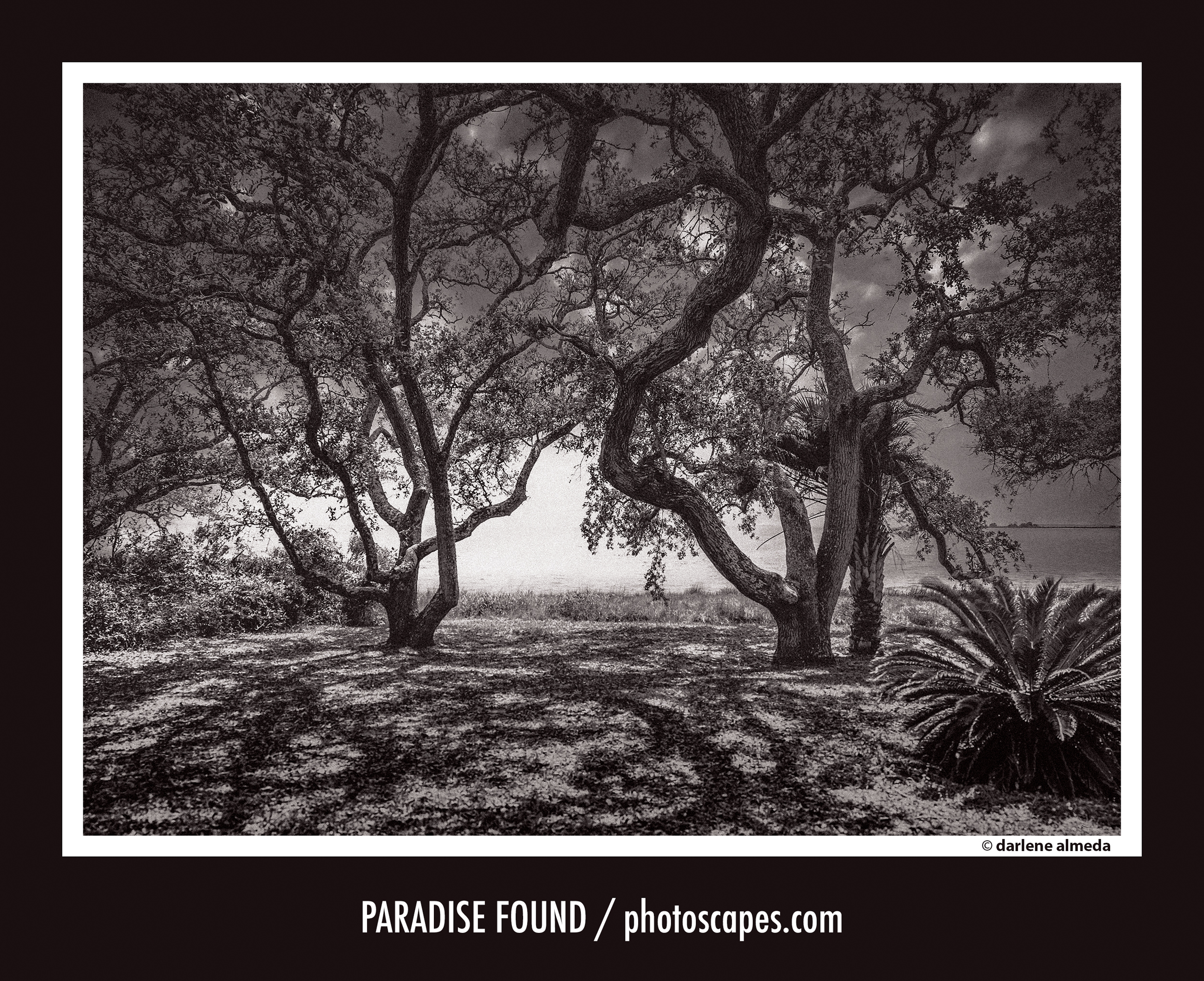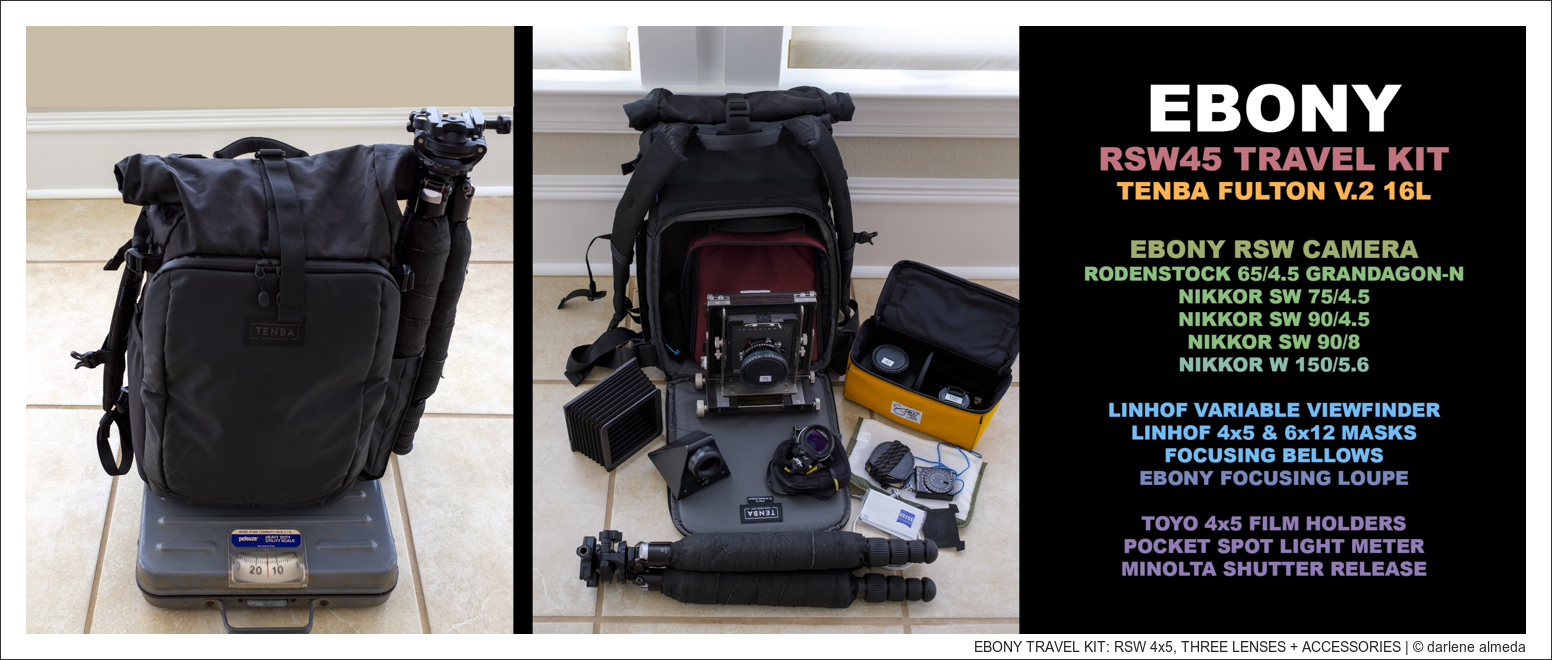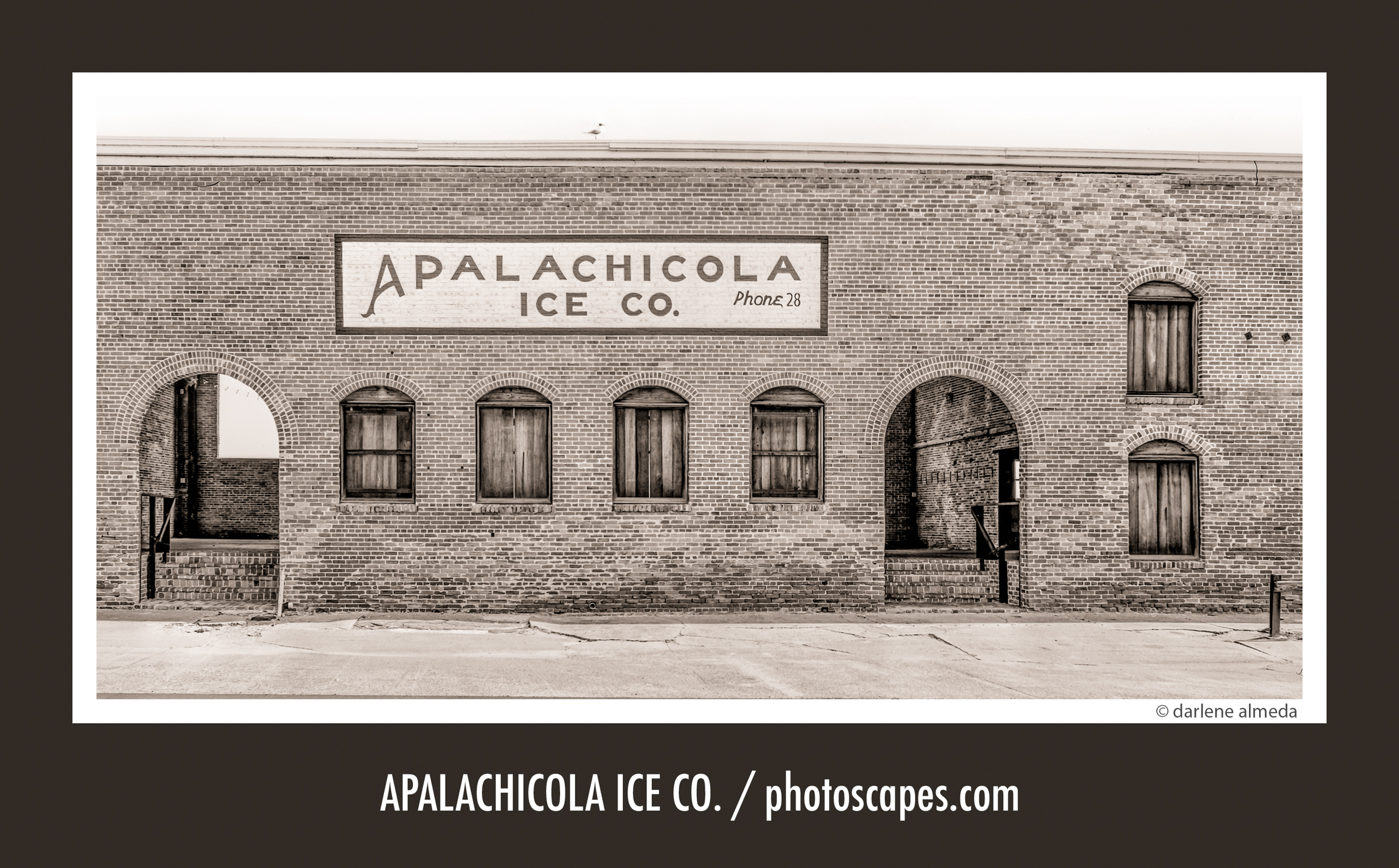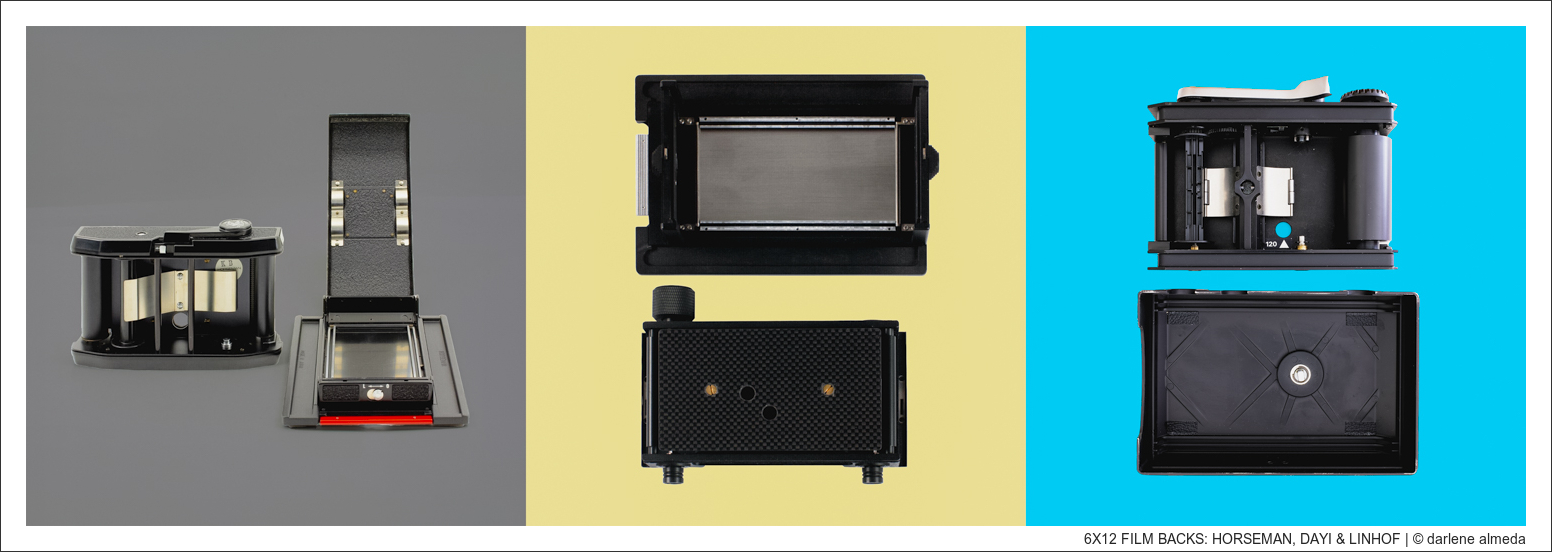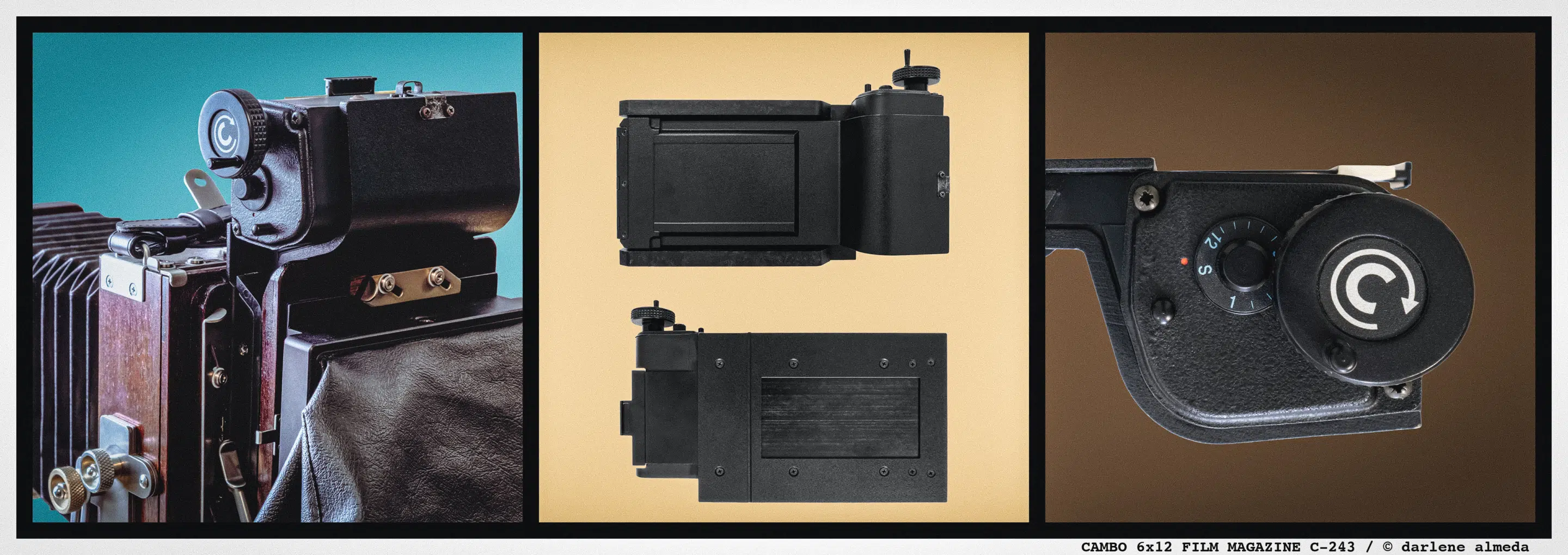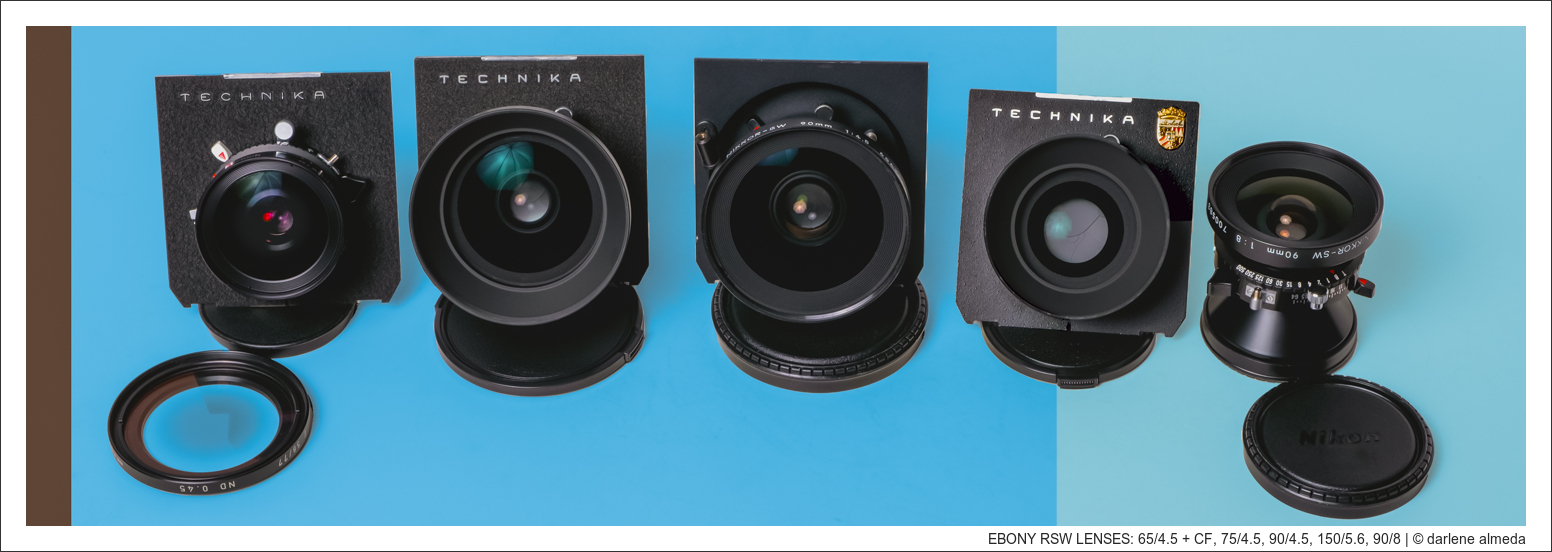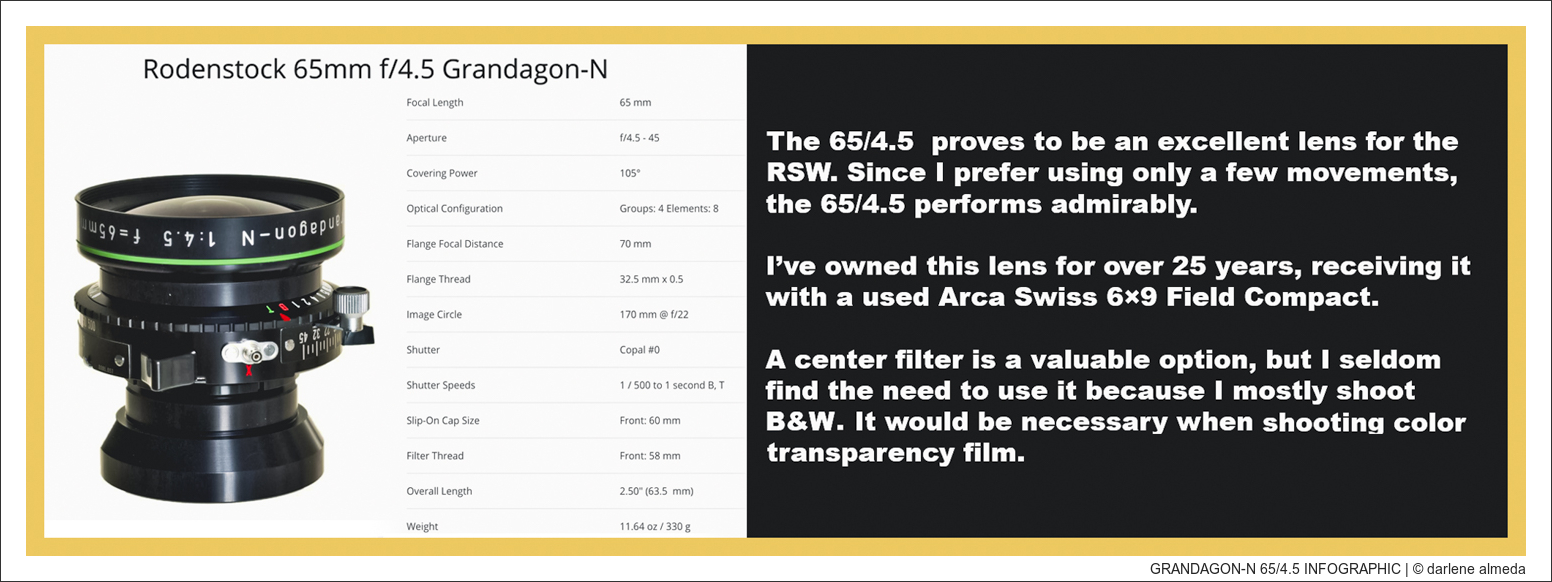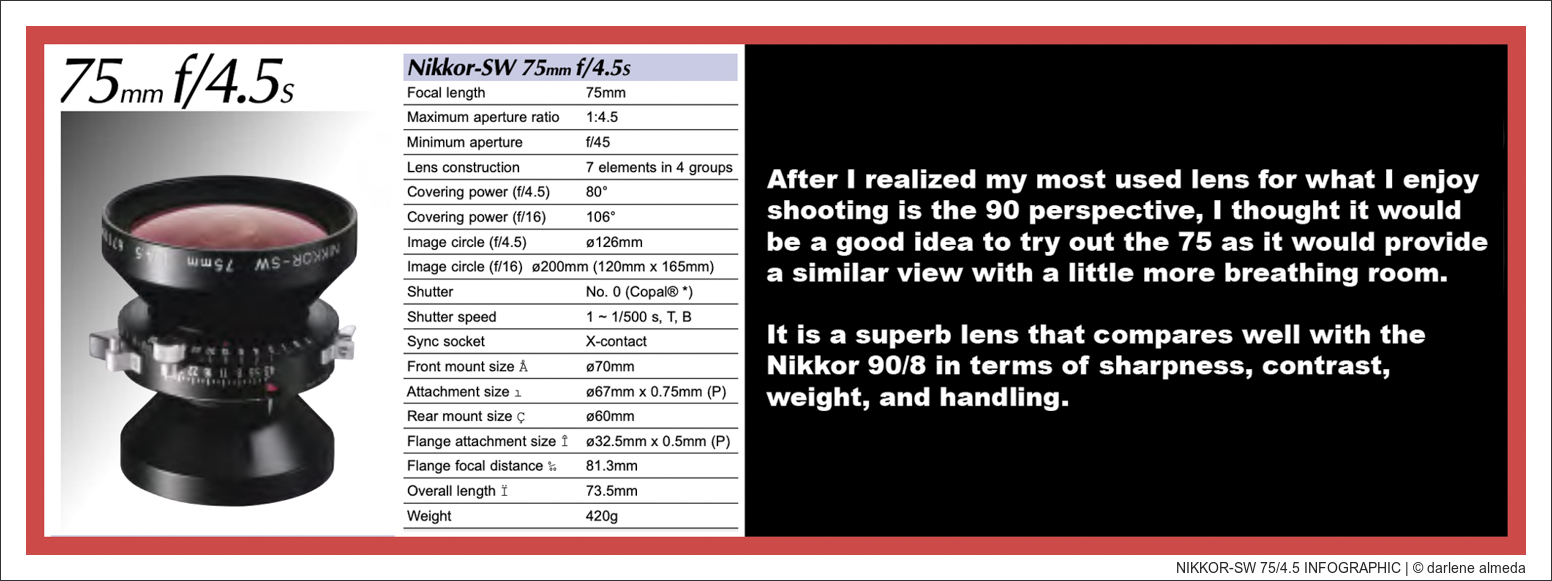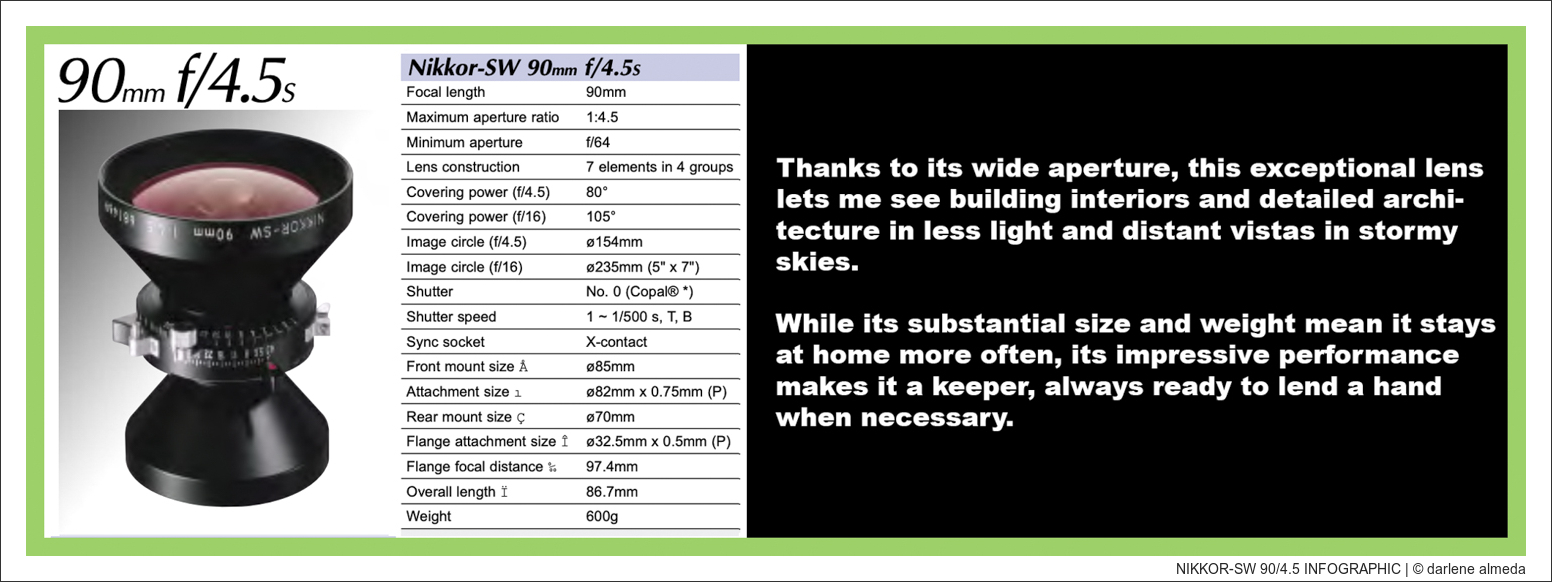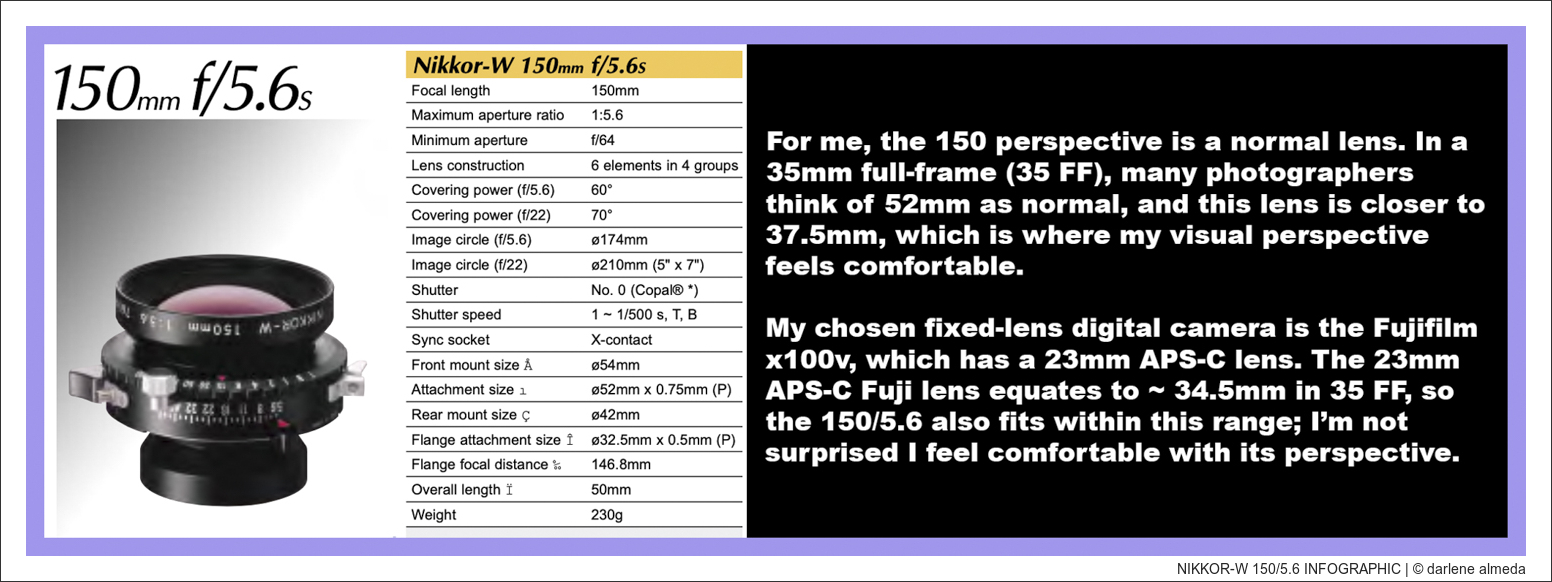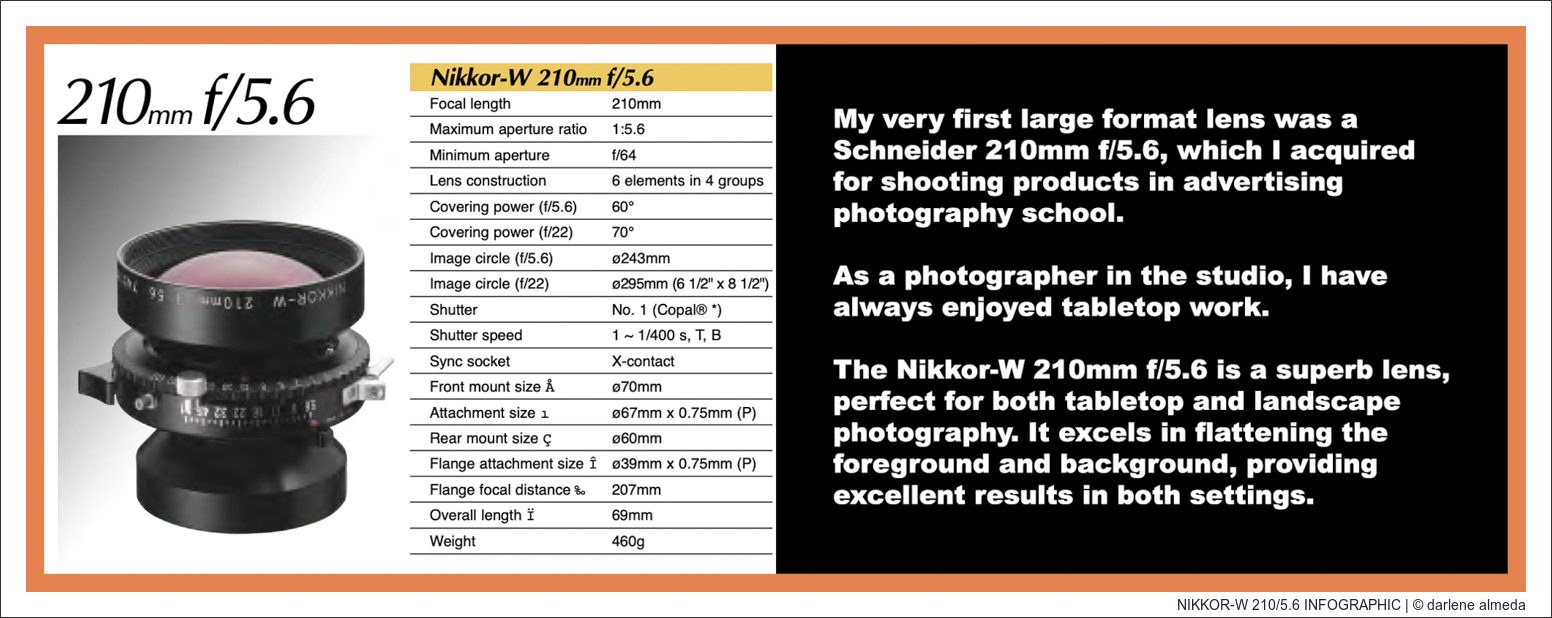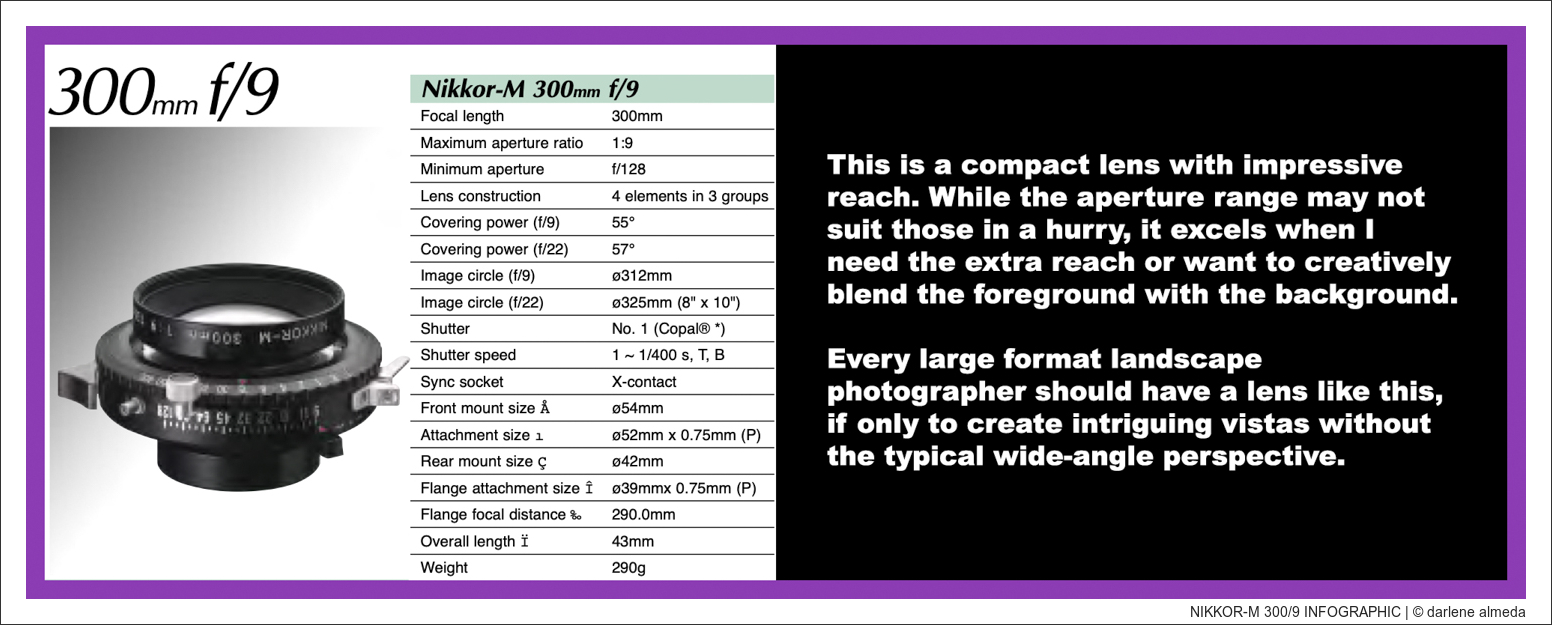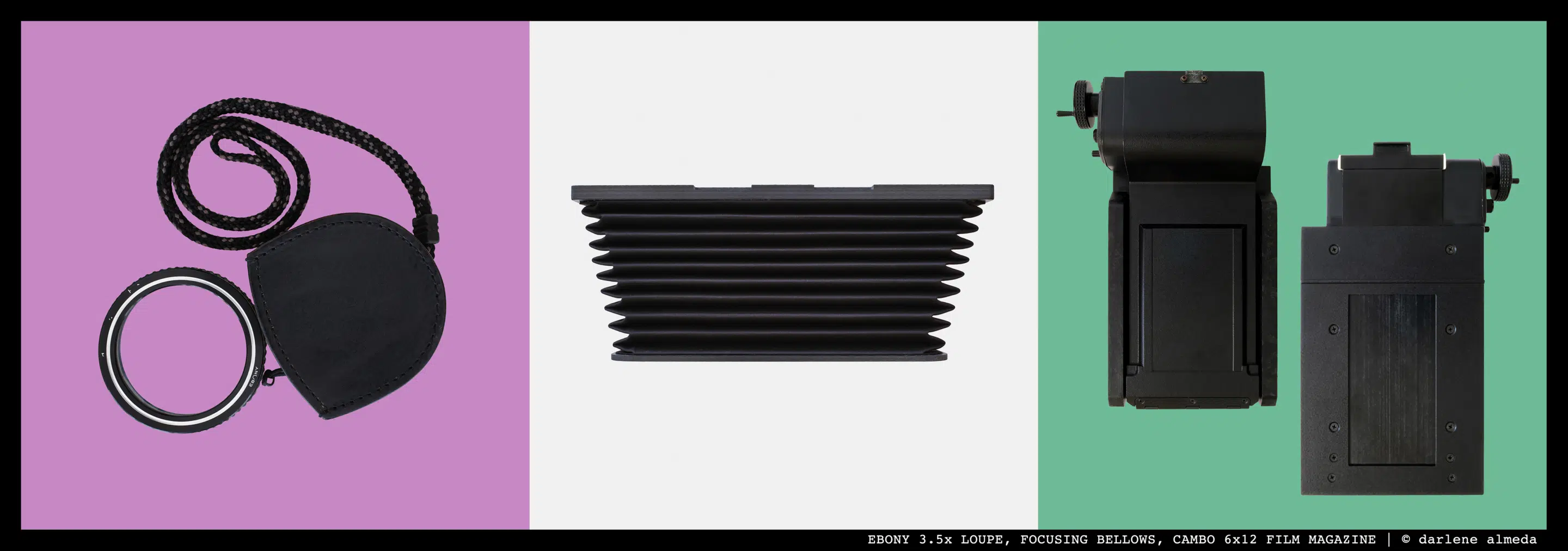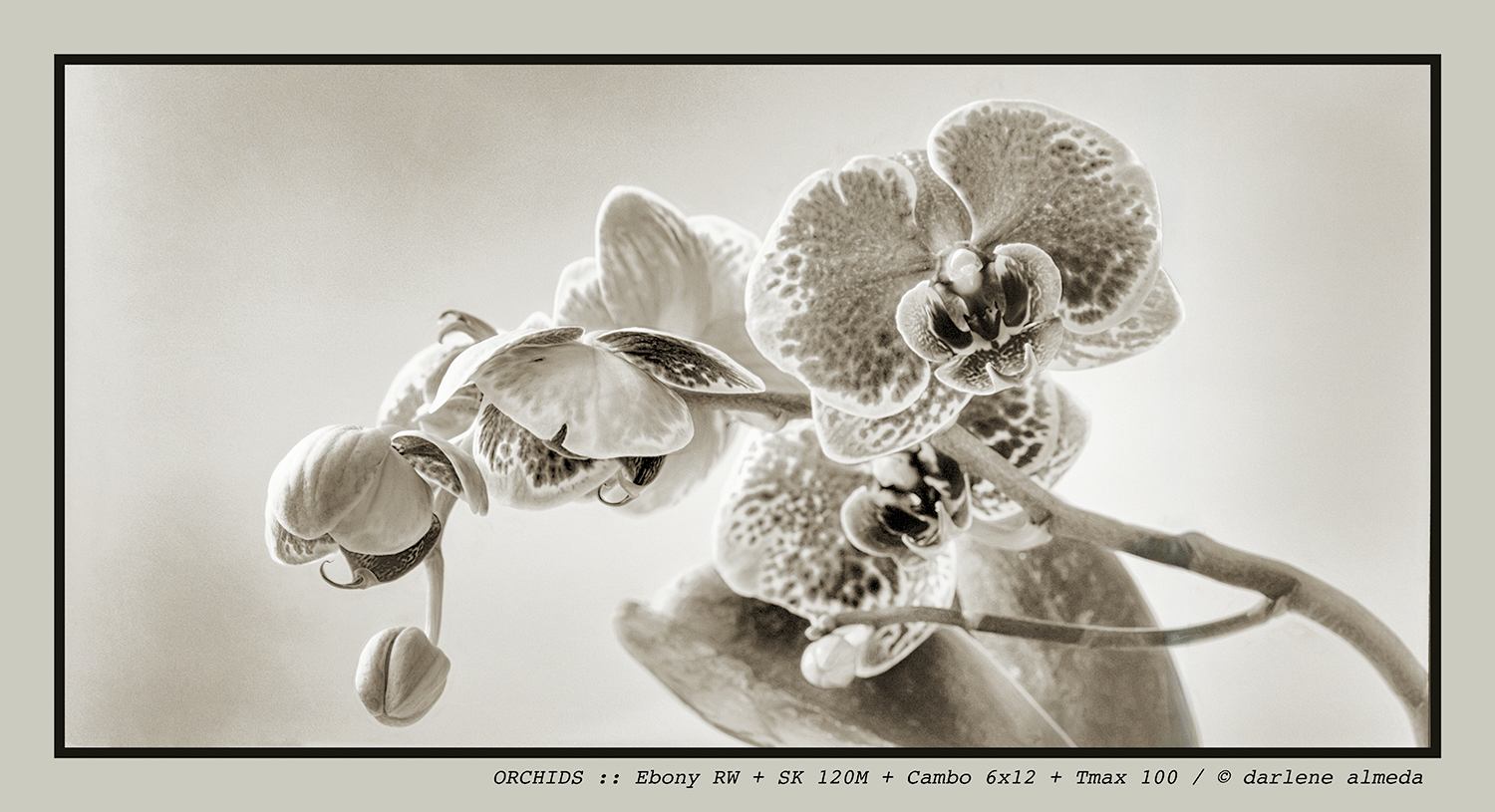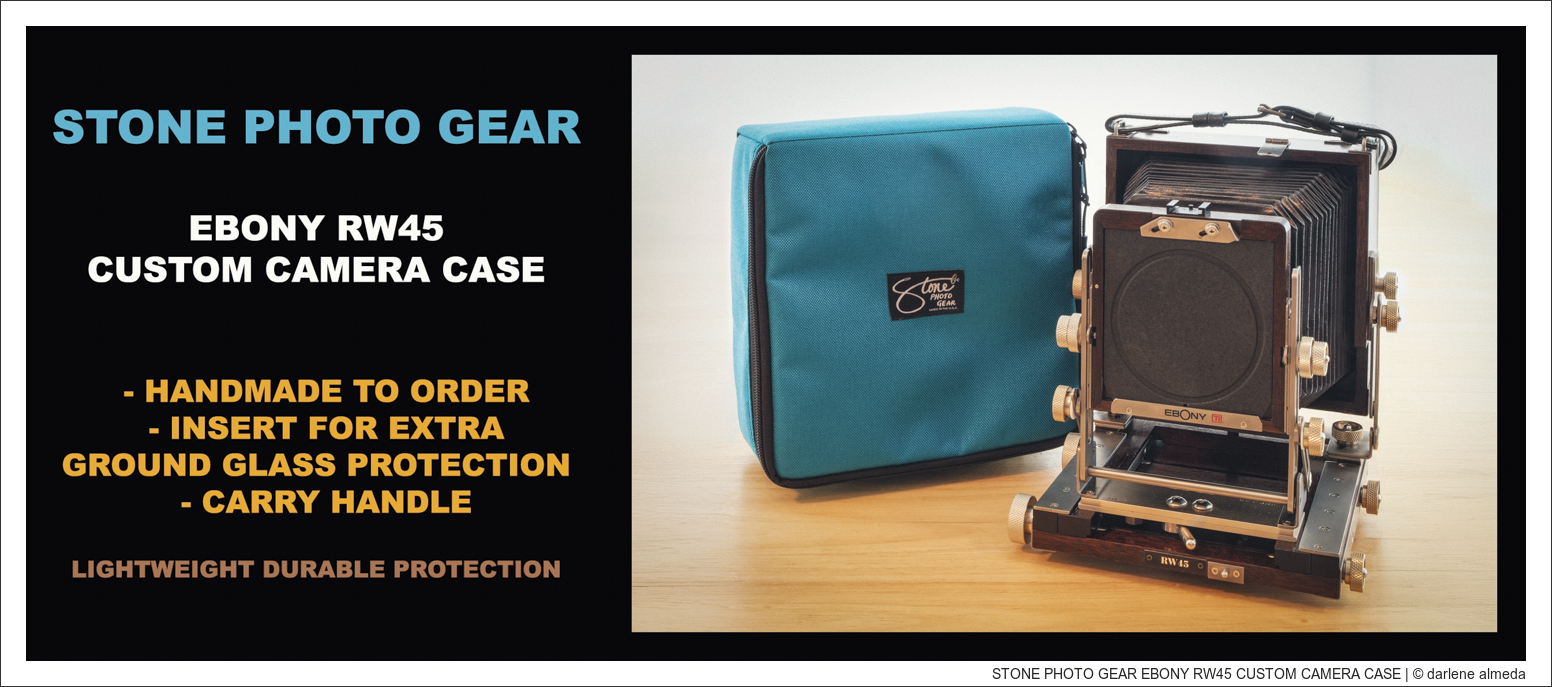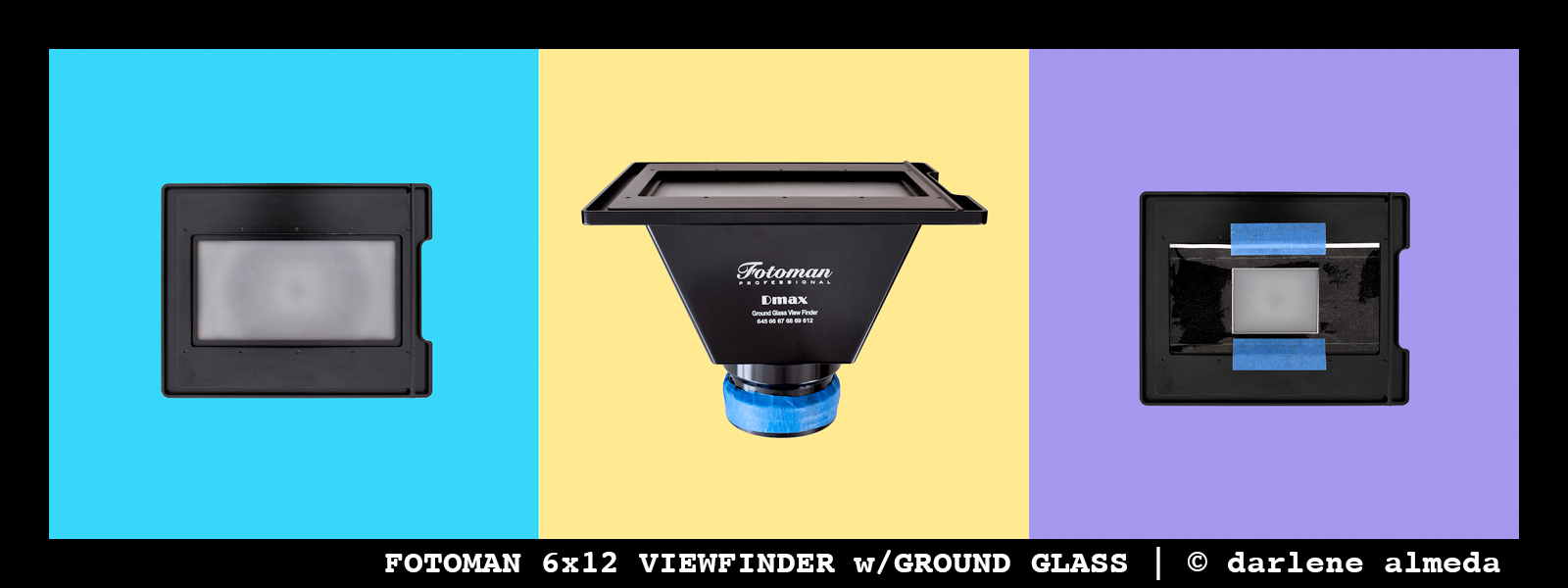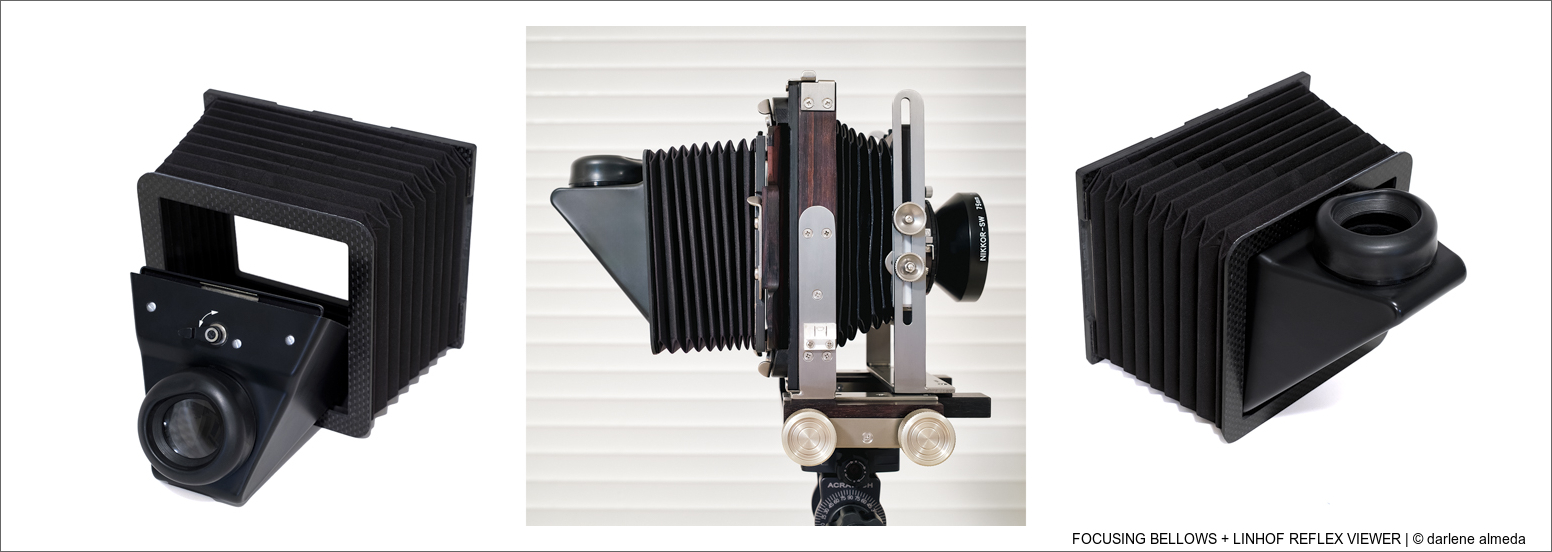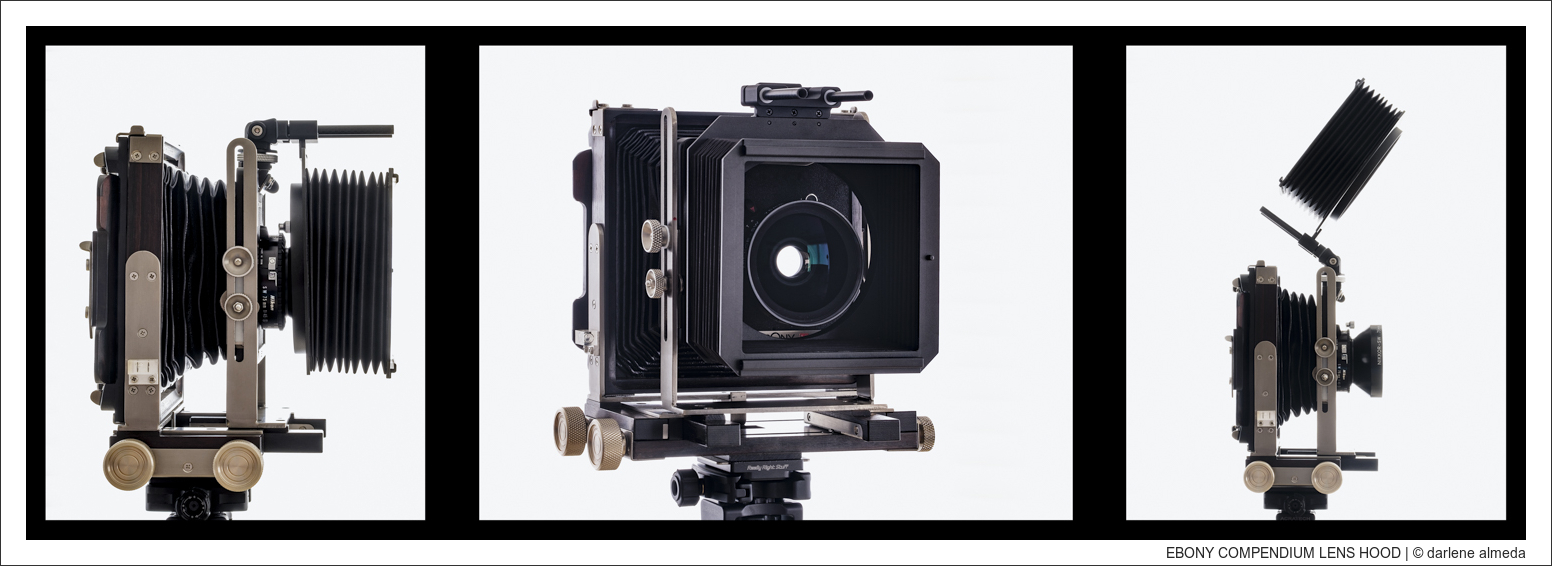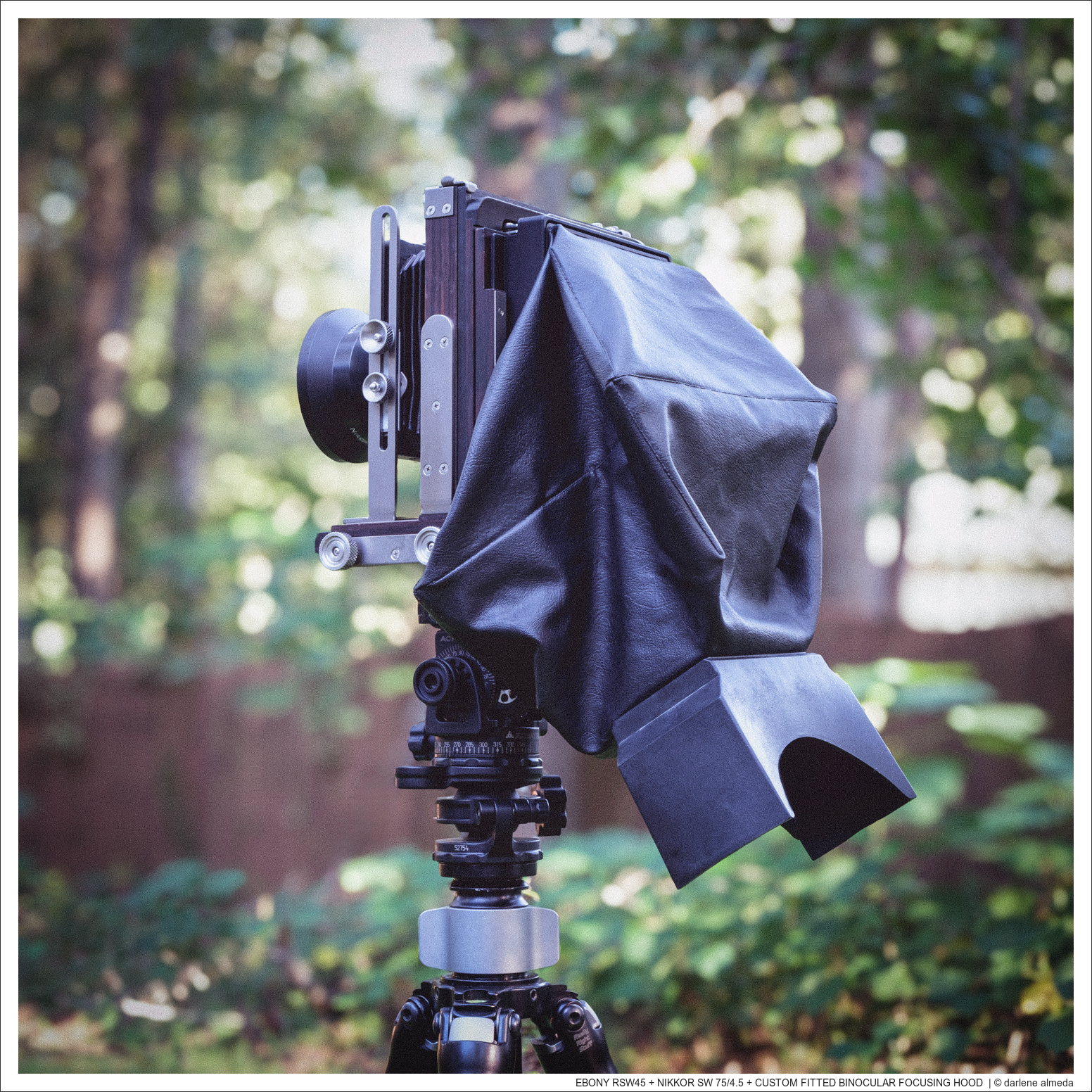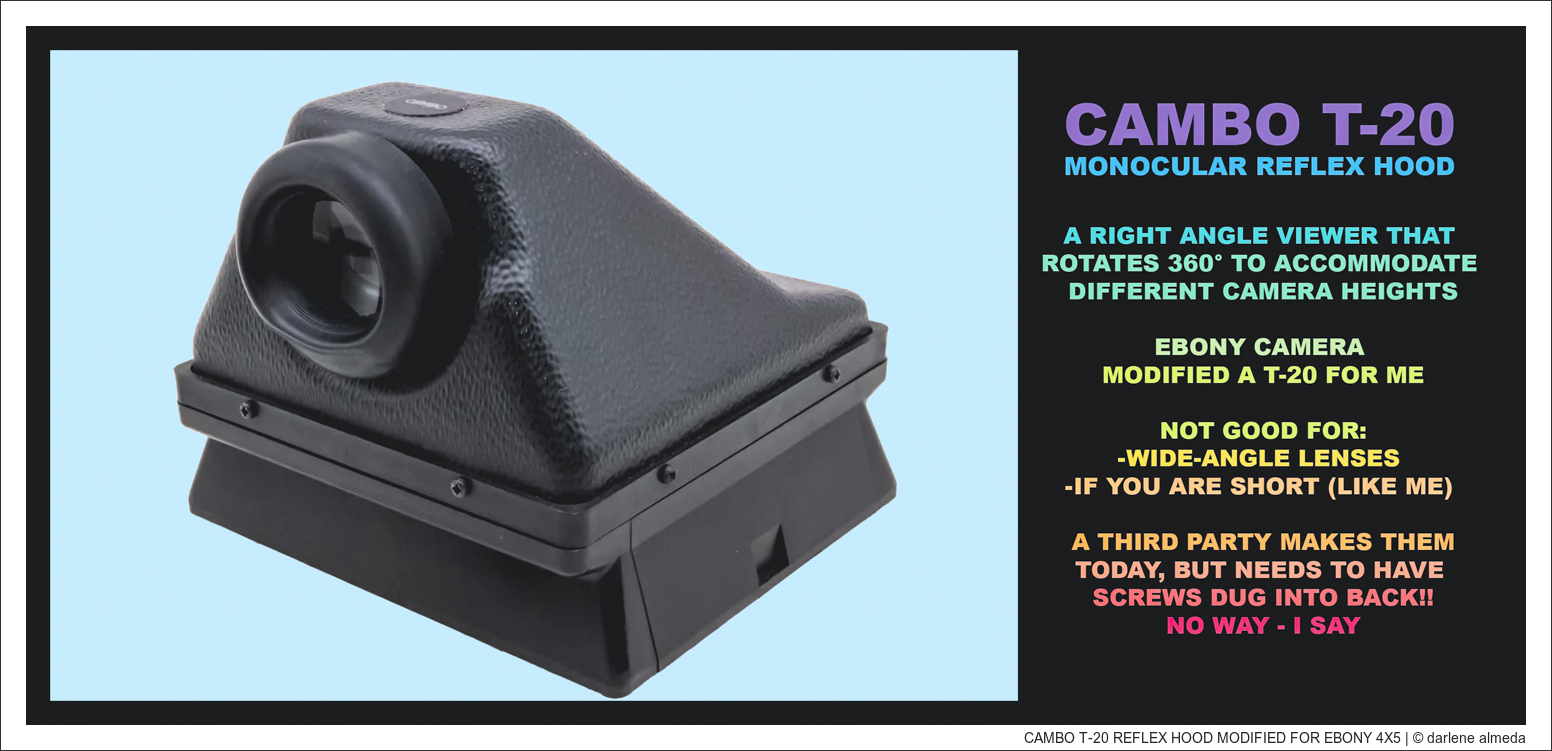
EBONY CAMERAS: SV45, 45S, 45SU
INTRO
How many photographers invest in high-quality gear only to sell it, feeling it didn’t meet their needs, yet regret it later? I’ve been on a journey spanning decades to discover what works best. I have learned that defining what type of photography I am pursuing is a critical factor.
My current needs diverge significantly from the equipment I depended on during my professional career, contributing to my challenges in acquiring suitable gear. The photography I engage in now is markedly different from the work I used to do for a living.
Over the span of 25 years, I’ve acquired six Ebony cameras and five different models, with one model purchased twice because of my gear alignment challenges.
If you are unfamiliar with Ebony cameras, they are the most practical 4×5 for a specific type of photographer. I owned a Leica once, and although it’s not my preferred camera, I understand why it’s coveted. The same goes for Linhof. Each system has its drawbacks. In my view, Ebony’s drawbacks are the lack of add-ons and the price. However, suppose you appreciate a wood field camera built to last, is easy to use, and is aesthetically beautiful. In that case, you might find that an Ebony is the perfect folding or non-folding wood view camera for you.
EBONY CAMERAS: 45SU, SV45, RSW #1, RSW #2, 45S
My first foray into Ebony cameras was with a beautiful SV45. However, I quickly realized, especially after an incident with my Wisner 5×7, that I prefer non-folding field cameras, likely due to my fondness for monorail cameras. I find them quicker and easier to set up, especially when leaving a lens mounted while stowing or transporting. Eventually, I bid farewell to the SV45 and leaped Ebony’s 4×5 non-folding masterpiece, the 45SU.
As the weight of the 45SU became cumbersome and I found little utility in its asymmetric tilts, I opted to sell it and transition to the RSW45 (RSW) following glowing reviews praising its lightweight build and suitability for landscape photographers. Yet, soon after acquiring the RSW, I had to pause my landscape photography pursuits after accepting a full-time teaching position. Regrettably, I sold off the RSW—a decision I would later regret.
Several years later, I added a 45S to my collection—a versatile 4×5 camera I used primarily in the studio. As retirement approached, I intended to delve into landscape photography and soon realized that the RSW was the ideal fit for my outdoor photographic endeavors. Despite Ebony’s SW45 model, tailored for landscape and architectural photography and offering greater movements, the lightweight design of the RSW ultimately won me over.
It took me two years to find a clean RSW that would become the second purchase of the same model field camera in my gear history. She is now a permanent fixture in my bag!
In 2024, I added a beautiful RW45 to my kit, replacing my Linhof MT 3000. The RW is lighter to carry, handles the 90mm—300mm lenses I used with the Linhof, and fulfills my desire to work with one field camera system. More about that next.
Below is a record of the Ebony cameras and accessories I have experience with. I can be contacted regarding questions about my experience with these items.
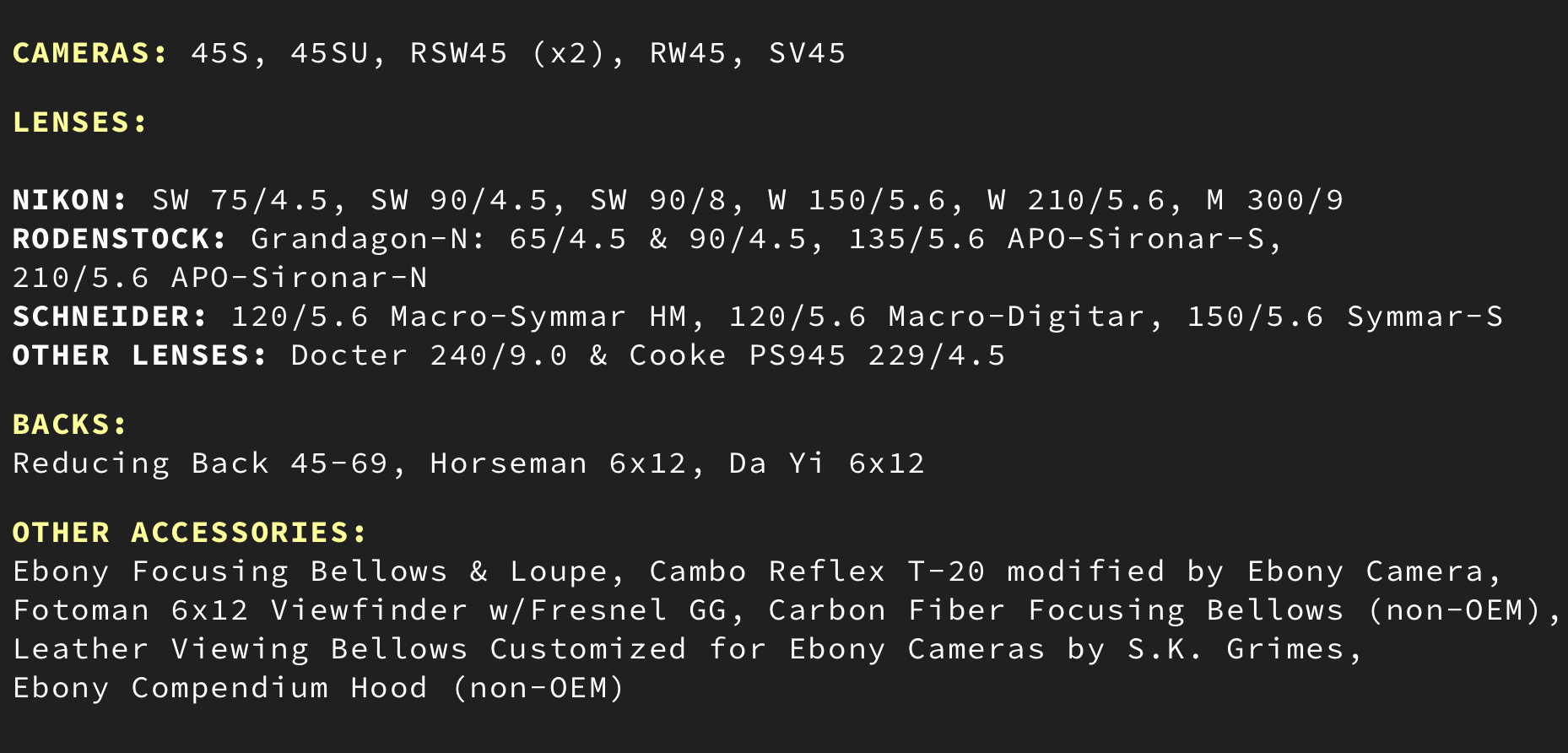
LITERATURE DOWNLOADS AVAILABLE
EBONY CAMERAS:
- Ebony Camera Catalog
- Ebony Camera: Asymmetrical Camera Movements
- Ebony Camera: RW45 User’s Guide
- Ebony Camera: SV45 User’s Guide
LARGE FORMAT LENSES:
EBONY CAMERA HISTORY
HIROMI SAKANASHI, EBONY CAMERA COMPANY
The Ebony Camera Company was started in 1981 when Hiromi Sakanashi, a photographer from Kyushu, Japan, could not find a large-format camera that was lightweight and portable like a field camera but with the rigidity of a monorail. So Hiromi decided to create his own, and other photographers noticed and asked him to build them one, too; thus, the Ebony Camera Company was born.
Ebony cameras were produced in a small workshop in Tokoyo that employed less than ten people. Ebony made approximately 40 different models of ebony wood and titanium cameras. Some mahogany models were produced, especially in larger formats, to save on weight. Ebony cameras were made in formats from 6×9cm through 20×24″, including traditional folding field cameras and non-folding models, some with asymmetrical back movements. Sadly, the Ebony Camera Company closed on June 30, 2016, upon Hiromi’s retirement.
The Sakanashi family has been in the photographic business since 1871, when Hiromi’s great-grandfather founded one of Japan’s first photographic equipment stores in Kumamoto, Kyūshū. Hiromi is a graduate of Tokyo Photographic University and worked as a professional photographer in the 1970s, doing architectural and studio work. He also ran the family business, which had evolved into a store specializing in professional photographic equipment by then, and he led workshops for Japanese photographers in various European countries.
EBONY RW45 Ti
EBONY RW45 Ti FOLDING VIEW CAMERA
LIGHTWEIGHT 90mm – 300mm FOLDING 4×5 VIEW CAMERA
Like all Ebony cameras, the RW45 is renowned for its exceptional build quality. Constructed from premium materials, including quarter-sawn Honduran mahogany heartwood aged for over 20 years and finished with exquisite Lacquer Japan (‘urushi’) and solid titanium metal parts, it combines durability with elegance. The camera’s construction is visually pleasing and provides the stability and rigidity essential for large-format photography. The RW user’s guide is here.
I have always preferred non-folding view cameras for their accessibility and quicker setup in the landscape. However, my perspective changed after reading through Ebony’s catalog of cameras when I considered replacing my Linhof Master Technica 3000 (MT 3000) with an Ebony that had similar reach but was not as heavy.
Before acquiring the RW45, I used the MT 3000 with my 90mm to 300mm lenses for about a decade. While Linhof claims the MT 3000 can be used with lenses wider than 90mm, I found it challenging to do so without parts of the bed or box appearing in the shot. Configuring the camera for the 65mm lens took too much time and fiddling. These are things you never know until you own and operate a camera.
My solution was to shoot with an Ebony RSW45 for my 65mm to 150mm lenses, which it handles exceptionally well, and use the MT 3000 for a longer reach when needed. That was my landscape toolbox for many years, and I was relatively happy with it, except the weight of the MT 3000 became increasingly burdensome over time.
The Linhof system is impressive, offering many add-ons that the Ebony lacks, such as various viewfinders, filter holders, and more. My favorite viewfinder is not a reflex hood, even though seeing an upright image is always lovely. The bulk in my backpack is not worth it, as I have never had a problem looking at a native ground glass image. However, I fell in love with the Linhof viewing bellows because they occupy hardly any space and weigh nothing. I even considered customizing one for my Ebony RSW.
Unfortunately, after five years of using the Linhof viewing bellows, the material inside the bellows began flaking off, and I soon realized it wouldn’t last as long as I needed it to. Ugh! What does one do when using a dark cloth in the wild is daunting? Start looking for other bellows viewer options that can be customized to fit your camera.
I found an old leather binocular viewer for an unknown camera asleep in my gear closet. It didn’t fit my Sinar, Linhof, or Ebony cameras, but it had a detachable frame to secure it to the ground glass. I sent the bellows viewer to S.K. Grimes with an Ebony ground glass cover to be used for its dimensions and a note asking if they could modify the viewer to fit my Ebony. Joel responded, “Yes!”
That sealed the deal for me to transition to a single-system field camera setup, and Ebony was the clear choice. I will miss my Linhof dearly, but the weight and the loss of its bellows viewfinder pushed me to seriously tweak my 4×5 field camera options to Ebony exclusively. If I have to re-invest in a bellows viewer, I might as well do it with the camera I enjoy most, an Ebony. Having two cameras instead of just one for the reach I seek is an option I am okay with. I have had the SV45, 45S, and the 45SU. While they are all beautiful cameras, the one that I would replace my two camera bodies with is too heavy, too expensive, and has options I do not want to pay for.
I chose the RW45 for its capabilities, which include front rise/fall, front and rear base tilt, center tilt, and swing. Made from mahogany rather than ebony wood, it saves on weight, which was crucial for me. Finding one in excellent condition within my price range was challenging, but I eventually found a seller who made an offer I could afford.
Below is a comparison chart showing the differences between the RW45 and the RSW45, the two field cameras I use:
EBONY RW45 & RSW45 COMPARISON TABLE
After receiving the RW45, I conducted quick studio tests to check its bellows and movements. It works beautifully. I await the viewing bellows to return before taking it out in the landscape. I will write more about it after I have shot it in the field. In the meantime, the image I made with the digital back is below.
EBONY RW45 + DIGITAL BACK
EBONY RW45 + NIKKOR 210/5.6 + CFV50c II
A few days after I received the RW45, we were expecting severe weather that eventually escalated into a hurricane. As a Floridian, I love my state, but no one here can truly relax during hurricane season. Consequently, I had to secure my studio as usual and delay testing the RW45 for a few days. After the hurricane passed, significant cleanup was required on our property and throughout several counties in my surrounding area. I was eager to test the RW45, particularly the bellows, so I used a few Polaroids and my digital back. The image above is a sample from the digital back, demonstrating that the RW45 can be used with a digital back if desired.
EBONY RSW45 Ti
EBONY RSW45 Ti + RODENSTOCK GRANDAGON 65/4.5
LIGHTWEIGHT 65mm – 150mm NON-FOLDING 4×5 VIEW CAMERA
Upon my decision to retire from full-time teaching, I started looking for another Ebony RSW. Finding one that fit my budget and condition requirements was a challenge. It took over a year to locate one that fit my requirements, but I am happy Green Mountain Camera in South Burlington, Vermont, made it happen. Please look at their eBay store and website for good deals on great equipment.
It must have been close to ten years since I held my original RSW, and it is lightweight compared to my Linhof 3000 and much easier to use with wide lenses.
The first time I took it out with the Rodenstock Grandagon 65/4.5, I asked myself: “Why did I ever let it go?” Back then, however, I was too busy shooting for online product catalogs and teaching commercial photography in the classroom to devote time to 4×5 landscape photography. However, the thought of being able to do it after I retired from teaching never left my mind.
The RSW is a uniquely configured camera designed around the SW45.
Initially, it was only available in the UK through Robert White Photographic Retailers. They contacted Ebony Camera with their design for the RSW and requested it be made and sold only through their stores. So, if you wanted a new RSW, you had to order it from Robert White.
Both RSW cameras I owned were purchased on the used market, and since Ebony Camera closed in 2016, a used RSW is the only option today.
The RSW is simply a stripped-down SW45 but a popular camera with some photographers, so much so other camera makers have copied its design. It may have been the most minimalist 4×5 camera Ebony Camera made.
The differences between the SW45 and RSW45 cameras are shown below.
EBONY SW45 & RSW45 COMPARISON TABLE
You might wonder why I prefer the RSW when I could have had an SW for about the same price. The RSW’s lighter weight and solid stationary rear standard are the most attractive to me. I do not need front movements other than rise/fall and tilt.
It may sound odd to some photographers to voluntarily give up movements, but hear me out.
When I sold my Jobo ATL 1000 a decade ago, I gave up shooting color film for a digital back. If I wanted to go that route, the RSW rear standard might be strong enough for a digital back. With the lens field of view changing drastically between 4×5″ and 44x33mm, it makes little sense to shoot with my digital back. Although it can be handy to test bellows and for some macro work.
As of this writing, I have not tried the RSW with my digital back but did test the RW45 with one (see above). I will update this article if I try a digital back with the RSW, but I am confident that with its rigid back, it will do fine, especially after seeing what the RW45 could do.
As a landscape shooter, I need a 4×5 that allows wide and extreme wide-angle lenses without a hassle. It needs to operate quickly and precisely and not get in the way, or I will leave it behind regardless of whatever niceties it may offer.
Being an older, petite female who prefers shooting in the landscape solo brings challenges, but I do not let them stop me. I know what works for me and what does not. Of all the 4×5 field or view cameras I have used for landscape shooting, the RSW remains my favorite.
PROS
The RSW is an easy-to-use landscape field designed exclusively for wide-angle shooting. Its lens range is 35mm—180 mm, with only the 35mm requiring a recessed lens board. I doubt I will go beyond 65mm to 150mm. The similar SW camera and RSW share the same lens range, but a few movements have been eliminated for the RSW, making it more stable, lighter to carry, and quicker to set up. Here is Robert White’s introduction video about the RSW.
CONS
What I enjoy with my Linhof 3000 to the RSW is some of its accessories, especially my most-used accessory, the Linhof bellows viewfinder. It is the bee’s knees if you dislike using a dark cloth out in the landscape.
Update 9/2024: S.K. Grimes customized a leather bellows viewer for my Ebony cameras (read below).
Unfortunately, the Techno Rollex (TR) 6×12 does not fit under the RSW’s graflock slide bars. The bars might work if adjusted, but the TR is heavy for the RSW, so I’m unsure if I would be satisfied with it in the long run.
Update 10/2023: I sold the Techno Rollex and replaced it with a Cambo 6×12 magazine, and so far, I have no complaints using the Cambo.
WHAT I TYPICALLY SHOOT WITH THE RSW45
EBONY RSW + NIKON NIKKOR 90/4.5S + FOMAPAN 100/510 PYRO
SHOOTING THE RSW45
North Florida is my home, and I am very much attracted to this area’s architecture, small towns, semi-tropical landscapes, and various fauna and flora.
So, what do I typically shoot with the RSW? All of the above.
For example, the photograph above was taken near St. George Island. The subsequent image, displayed below in the Film Choice & Formats section, was captured shortly after the above one. Both images were taken during the same trip using the RSW and a Nikkor SW 90/4.5 and Nikkor SW 75/4.5 lenses, but they were shot on different film types.
I became unhappy with Fomapan 100 and decided to try CatLabs X 80 II. I’m glad I did.
North Florida is full of old oaks, among other beautiful trees—many small towns with antebellum-style mansions, tobacco barns, and old warehouses adjacent to railroad tracks built for storing and transporting fresh-picked cotton and produce. There is also a lot of old touristy stuff that is fun to see and shoot, like the image below of a roadside picnic area.
I am not much of a beach person, but I enjoy photographing the dunes and scrub pines that populate the nearby Gulf Coast and the fishing boats.
MY EBONY ROAD KIT
EBONY TRAVEL KIT: RSW 4×5, THREE LENSES + ACCESSORIES
ON THE ROAD WITH THE RW45 & RSW45
I enjoy campervan travel in my home state of Florida, and the Ebony field cameras are my 4×5 film travel and landscape cameras. My RSW kit consists of lenses from 65-150 and a few accessories. The RW kit consists of lenses from 90-300 along with the same accessories as the RSW kit. Each kit fits nicely in a Tenba Fulton v2 16L Backpack. Here is my write-up on using the Fulton v2 16L with the RSW.
I travel with one Ebony camera, choosing it based on what I plan to photograph—whether it’s landscapes or just exploring small towns. I have a deep love for capturing the essence of small-town America. Although I’ve lived or worked in major cities, my heart belongs to small towns. I grew up running up and down the mountains of Topanga Canyon and riding my bike through the quiet streets of a quaint ten-street NJ town that was just a pass-through on the way to the Jersey Shore. I’ve never been a city girl at heart.
Since 2007, I have been based in North Florida, not far from the Georgia border, and enjoy traveling to Florida’s east coast, west coast, across the Panhandle, south Georgia, and eastern Alabama. I have no desire to travel south of Orlando after living in Miami-Dade for more years than I cared to. I have palm trees on my property; traveling south to see these adorable mop tops is not necessary.
I had already chosen North Florida as my retirement destination long before I retired. What captivates me about this area is its stunning landscape.
North Florida boasts the largest forest in the state, the Apalachicola, with 571,088 acres and 2,735 acres of water. It is home to one of the oldest National Wildlife Refuge in the United States, St. Marks NWR, established in 1931.
The first time I visited St. Marks, I was living in Miami-Dade, a seven-hour drive away. As soon as I arrived, I knew I had found the place I wanted to retire. When the time was right, I moved to a spot just 30 minutes from St. Marks National Wildlife Refuge.
If I could live comfortably in the marsh itself, I’d be even closer, but the thought of alligators wandering around after a tropical storm shifts their habitat keeps me at a safer distance. The last thing I want is to step out my front door and be greeted by a 15-foot gator! I do encounter them from time to time when visiting the marsh and have had a few close calls. While they generally won’t bother you if you keep a good distance, I’ve had some surprise encounters that were definitely too close for comfort.
I’ve always been drawn to the diverse habitats here, from forest with cypress, oak, and magnolias in wet, lowland areas to stands of slash and longleaf pines covering sandhills and Flatwoods—the gorgeous marshlands teeming with birds and lush subtropical vegetation, including palm trees and other exotic plants.
At one point, I considered diving into bird photography, but I soon realized the immense commitment it would take—both in terms of time and money. It would mean switching from my medium-format gear to full-frame cameras, using exotic zoom lenses paired with teleconverters. This realization dampened my initial excitement for becoming a bird photographer. However, I still find great joy in observing Florida’s magnificent birds and appreciating the stunning images captured by more skilled nature photographers. That said, if I ever get the chance to photograph birds in their natural habitat with my 4×5, it would be an incredible experience!
FILM CHOICE & FORMATS
EBONY RSW + NIKKOR SW 75/4.5 + DAYI 6×12 MAGAZINE + CATLABS X 80 II/510 PYRO
MY FILM CHOICE & FORMATS HISTORY
I shoot both 4×5 and 120 films with my RW & RSW cameras. Currently, I’m exposing 120 films through Cambo C-243 6×12 magazine. Occasionally, I crop a 4×5 or 120 negative into a 6×17 perspective, depending on what looks better.
With the increasing film cost, I stock up during sale events and have a separate freezer dedicated to film storage. For some photographers, shooting in the 4×5 format can be expensive, especially if they intend to crop it down to 6×17 when 120 film choices are more readily available and cost-effective.
In late 2023, I returned to shooting with a Fotoman 617 for this purpose. I previously owned a Fotoman 617 but sold it over a decade ago. The prospect of acquiring another 5×7 camera, such as the Wisner 5×7 Technical Field I once had many years ago, is outside my agenda. The additional weight, film expenses, and processing associated with 5×7 photography don’t align with my preferences, especially when I can quickly achieve my desired results through cropping.
I’ve always wanted to shoot with a Shen Hao 6×17 field camera (an example made from ebony wood), but its cost and weight make it unlikely I’ll ever own one. As I’ve grown older, I’ve become less inclined to carry heavy equipment, so I appreciate the lightweight yet rugged Ebony cameras.
I briefly experimented with a Shen Hao 6×17 film magazine that I used with my Linhof 3000. However, after taking it out just once, I decided to part with it. It was too bulky to carry; the setup process required more time than I was willing to invest, especially when I could achieve similar results through cropping, and lens choice was very limited.
If all compositions could fit the 4×5 format better, I would shoot the 4×5 aspect ratio and be done with it, but I like to shoot a panoramic 6×12/6×17 perspective when the scene calls for it. When I crop from a 4×5 to a 6×17, sometimes it hurts, but it does not hurt too much when I crop from a 6×12 to a 6×17 perspective.
AVAILABLE 6×12 FILM MAGAZINES
6×12 FILM BACKS: HORSEMAN, DAYI & LINHOF
MY 6×12 FILM MAGAZINE HISTORY
Over the years, I’ve worked with a variety of roll film magazines—Linhof, Horseman, Hasselblad, Shen Hao 6×17, and DaYi—each with its own quirks and design tolerances. Of them all, Hasselblad remains the easiest for me to load, unload, and shoot with. But I’ve been using Hasselblads since the beginning of my career, so I can only imagine the learning curve an inexperienced film user might face picking one up today.
The most frustrating film magazine I’ve ever used is the 6×12 DaYi (Image #2). It tested my patience to the point that I finally gave up and sent it on a one-way trip to the dumpster.
The Linhof Rollex (Image #3) is a beautifully engineered 6×12 back, but it’s far too heavy for the RSW and doesn’t fit under its Graflok sliders.
I once had a Horseman 6×12 (Image #1) that was a joy to use—smooth operation, no complaints—but I let it go when I sold my original RSW. If they weren’t so expensive, I’d gladly add one back into the mix.
Fortunately, in 2025, I finally got my hands on a 6×12 film magazine I had nearly given up hope of finding: the elusive Cambo C-243. And that’s what I’ll talk about next.
CURRENTLY SHOOTING THE CAMBO 6×12 FILM MAGAZINE
CAMBO 6×12 FILM MAGAZINE
The Cambo 6×12 roll film holders are designed for creating panoramic photography on 4×5 large-format cameras using 120 or 220 film. These backs are favored for offering a wider aspect ratio without requiring larger film formats. In this post, I will discuss why I acquired one, my honest opinion on its operation and the results it has delivered, and show how to load it. [ continue ]
RW45 & RSW45 KIT LENSES
EBONY RSW LENSES: 65/4.5 + CF, 75/4.5, 90/4.5, 150/5.6, 90/8
When I travel for photography, I always ensure my RW & RSW Kits have three lenses.
For my RSW, I carry two wide-angle lenses that can serve as backups for each other in case of any technical issues while on the road. It would be disheartening to reach a destination primed for architectural or landscape photography only to discover a malfunctioning 75-90mm lens. Although the 65mm lens offers advantages, particularly for shooting panoramic views with the 6×12 magazine, I find the 75-90mm range preferable for non-panoramic shots.
I possess two Nikkor 90mm lenses in my toolbox. I favor the 90/8 for outdoor photography in favorable weather conditions while reserving the 90/4.5 for indoor shooting or environments with potentially limited natural light.
Although the Nikkor 150/5.6 is my least-utilized lens during my travels, I still deem it necessary to include it in my RSW kit.
For my RW Kit, it can be anything in the range of 75-300, and typically it may be 90-150-300 or 75-90-210. If I am taking the RW over the RSW on a travel trip, it could be more for general shooting where I feel the need for a longer reach over a wider view. Having both kits to choose from is a gift that keeps on giving.
Here is a publication put out by B&H Photo about large-format lenses. I have referred to it for much information over the years and find it valuable.
RODENSTOCK 65/4.5 GRANDAGON-N + CENTER FILTER
EBONY ACCESSORIES
In my experience with Ebony Camera, their lineup of accessories was limited. When I purchased my first Ebony camera over twenty years ago from Badger Graphics, I opted for the Ebony focusing bellows and an Ebony focusing loupe. Later, Ebony Camera released a camera bag with their logo, a flag-assembly lens shade, and a 4×5 to 6×9 reduction back. Beyond those, accessory options for their 4×5 models were scarce.
Over time, I’ve adapted components from other camera brands to fit my Ebony cameras. Nowadays, a few more accessories tailored for Ebony cameras are available from different manufacturers. In this discussion, I’ll highlight the accessories I’ve used or currently use. Let’s dive in.
EBONY FOCUSING LOUPE
In Image #15-1 above, you’ll see the original Ebony Focusing Loupe, a real game-changer for my eyes. It’s my go-to tool for focusing on the ground glass, especially when paired with the third-party focusing bellows I use. Plus, it’s a lifesaver when setting up my 4×5 lenses, as those tiny font sizes on large format lenses can be a headache. I love that I can hang it around my neck during a shoot, like a close-up filter with a metal and rubber grip. But what impresses me is how Ebony designed it to fit snugly inside a leather cover case, complete with a lanyard. It’s hands down one of the best accessories I’ve ever laid my hands on since the day I got it.
I acquired a near-identical replica of the loupe (minus the lanyard and case) from eBay. Search for “LEAF / HAND LOUPE WITH RUBBER COVER (3.5X)” on eBay, and you’ll likely find one strikingly similar to the original Ebony loupe. It’s so close that it got me thinking—maybe this is what Ebony Camera used as a base when crafting theirs, except theirs came complete with the lanyard and case.
CARBON FIBER FOCUSING BELLOWS MADE FOR EBONY
I have disliked dark cloths since my photography school days. Even back then, I acquired a Cambo T-21 viewfinder for my Calumet 4×5 camera. I purchased the original Ebony Focusing Bellows with the Magnifying Loupe but sold the Focusing Bellows with the first RSW, electing to keep the Loupe.
Today, my Focusing Bellows, shown in Image #15-2 above, are made with carbon fiber frames and are wonderfully dark for someone like me who does not want to put their head under a blanket out in the wild or on the streets in small tourist towns. That could be dangerous, especially if you are an older petite female. If you prefer focusing bellows, you can look on eBay for the seller that makes them.
The nice thing about these carbon fiber bellows is that I can fit the top part of the Linhof Reflex Viewer when I need to see without any light getting in (more about this here). It gives an upright but reversed image. It travels well, better than the Linhof base, which does not fold and can be bulky. I purchased the carbon fiber viewing bellows from this eBay seller.
CAMBO 6×12 FILM MAGAZINE (C-243)
ORCHIDS: EBONY RW + CAMBO 6×12 + SK 120M + TMAX 100
I acquired a used Cambo 6×12 (C-243) film magazine (Image #15-3) after discovering that my Linhof Rollex 6×12, which worked fine with the Cambo Wide, wouldn’t fit under the Graflok slider locks of my RSW. Even if modification were possible, the Linhof feels almost as heavy as the RSW itself—and I have no interest in altering the RSW in any way. If something doesn’t fit the camera as-is, it’s off the table.
The Cambo C-243, on the other hand, is solidly built and refreshingly easy to load, especially compared to other 6×12 backs I’ve used. Best of all, it slides behind the ground glass without the need to remove the focusing hood. That’s a game-changer for me. Any tool that helps me work more efficiently in the landscape earns extra points.
Processed film lies nice and flat, though you may see some curl if left inside the magazine for weeks or longer, since the film wraps around the inner back when loaded. Bottom line: this back is a joy to use in the field. Just don’t forget to unload it when you’re done.
Image #16-1 shows the Ebony Focusing Bellows sold through Ebony Camera. This was the second one I acquired, which differs slightly from the first. The bellows were purchased second-hand off eBay, where the first came with my initial order for my first Ebony camera, an SV45. The difference between the two is where the focusing loupe goes. The original had a holder around the looking hole to rest the loupe on, whereas this one does not have it. These bellows are less flexible and less durable than my third-party carbon fiber bellows, but I purchased them mainly for their rear mount to use for something I am designing down the road.
STONE PHOTO GEAR CAMERA CASE
STONE PHOTO GEAR EBONY RW45 CUSTOM CAMERA CASE
The Ebony RW45/RSW/SW45 Case, crafted by Daniel Stone of Stone Photographic Gear, is impeccably designed for the RSW45 & RW45 cameras. Constructed with a Cordura nylon exterior and a 400D nylon liner and featuring YKK zippers with double sliders, it ensures durability without adding excessive weight, thanks to its closed-cell foam. The foam is thin yet firm, promising long-lasting protection. Additionally, it includes an extra insert for added safeguarding of the ground glass, which can be easily removed or repositioned within the case. Having experienced several of Stone Photographic’s cases, I highly endorse their custom gear cases. If you want more information, please visit their website or check out my Stone Photo Gear page.
FOTOMAN 6×12 VIEWFINDER + GROUND GLASS
FOTOMAN 6×12 GRAFLOK VIEWFINDER
Fortunately, I stumbled upon this viewfinder. Let me tell you, it’s a fantastic find, especially if you’re shooting 6×12 panoramas with a 4×5 camera. Sometimes, I even use it for focusing in bright sunlight when shooting 4×5 film. It boasts the brightest ground glass I’ve ever encountered for a 4×5/6×12 camera setup. Manufactured by Fotoman Camera for their DX camera line, I came across it on eBay once and have yet to see it listed again. If you’re still passionate about shooting film, particularly 6×12 on a 4×5, I highly recommend getting your hands on one. It is like it was made for 6×12 on my RSW; it is that good! Don’t mind the blue tape, as I taped a close-up filter that fits perfectly to the viewing port that fits my vision perfectly as well.
CARBON FIBER FOCUSING BELLOWS + LINHOF REFLEX VIEWER
CARBON FIBER FOCUSING BELLOWS + LINHOF REFLEX VIEWER
Above is my custom-made focusing bellows that a Linhof Reflex Viewer’s top part can be slipped inside to give a welcoming ground glass view under a bright sun. It folds nicely and is my second choice over the binocular viewing hood.
COMPENDIUM LENS HOOD FOR EBONY
EBONY RSW + NIKKOR SW 75/4.5 + COMPENDIUM LENS HOOD
Compendium lens hoods regulate light intake into the camera lens and minimize lens flare and glare. One primary advantage of using one is its adaptability.
Unlike conventional lens hoods, which maintain fixed dimensions, compendium hoods offer adjustability to accommodate various lenses and shooting scenarios. This flexibility is particularly beneficial for photographers who frequently switch between lenses or operate in challenging lighting conditions.
These hoods can be effectively paired with additional lighting accessories, such as flash diffusers and reflectors, to exert further control over light quality within a scene. Moreover, they can be creatively utilized to attain specific lighting effects or isolate subjects from distracting background elements.
The Made-For-Ebony Compendium Lens Hood, shown above, stands out as a custom-made accessory purchased from eBay seller ecbuyonline2008. Noteworthy for its craftsmanship, lightweight design, and portability, this hood complements the LEE filter system I sometimes use directly on a lens.
In shoots where the Nikkor SW 90/4.5 lens, with an 82mm filter ring size, is used with a polarizer, the hood facilitates effortless manipulation of filter usage and lens settings through its convenient flip-up feature. This allows swift adjustments, rendering the overall photography experience delightful.
Overall, I am pleased with this Ebony Compendium Lens Hood and would purchase it again.
MY BINOCULAR VIEWING HOOD CUSTOM FIT
EBONY RSW45 + NIKKOR SW 75/4.5 + CUSTOM FITTED BINOCULAR FOCUSING HOOD
This year, I set aside a budget for the Ebony viewer project and started my search. I eventually found a leather bag bellows-style binocular viewer with a removable bracket, allowing easy switching between landscape and portrait orientations. It didn’t have any manufacturer markings and didn’t fit my Cambo, Sinar, or Linhof 4×5 cameras, but it had potential. I liked that it was a bag bellows, meaning it could fold down to a small footprint and was lightweight. The binocular part is made of rubber, and there’s a metal stub with a hole for adding a lanyard for hanging the viewer from the tripod, which I found handy. [continue]
CAMBO T-20 REFLEX HOOD MODIFIED FOR EBONY
CAMBO T-20 REFLEX HOOD MODIFIED FOR EBONY
A few years after acquiring my first Ebony camera, I contacted the dealer I originally purchased from, Badger Graphics, requesting to modify a Cambo T-20 Reflex Hood through Ebony Camera. Having previously used the Cambo T-21 hood during my photography school days with my initial 4×5 setup, a Calumet/Cambo monorail, I searched but could not locate another T-21 hood after selling it years prior. A T-20 was available locally, so I decided to try it.
My aversion to using a dark cloth is significant (especially when dealing with long hair and being alone in the landscape), prompting me to explore modifying a T-20 hood. Badger Graphics facilitated communication with Ebony, who arranged for their Australian representative to guide me on where to ship the hood. The modification process went smoothly and cost me under $200, including shipping.
Although I used the T-20 hood for a few years, I often needed a footstool as the viewer requires you to look down for most shots. While the hood does rotate, the experience of looking up into it felt somewhat awkward. Being vertically challenged (5’3″) might not pose an issue for taller photographers. I eventually parted ways with it when I sold the 45SU. Do I miss it? Not really. I much prefer using a focusing bellows.
I’ve noticed that Shen-Hao produces replicas of the T-20 hood, but the last time I saw them on eBay, they required screwing a fastener into the rear of the camera to secure it in place. I sincerely hope no one resorts to such a destructive measure that could damage and devalue their Ebony camera.
EBONY REDUCING BACK 45-69
EBONY CAMERA REDUCING BACK 45-69
The Ebony Camera Reducing Back 45-69 is unique because it has a small swing-out door with built-in ground glass. You focus on the ground glass, swing out the door, and place your film magazine in the small graflok-type sliding clips.
I have used the Horseman 6×7 and 6×9 film magazines with this back with my original RSW. It all worked well while I owned one. I have no plans on owning another back like this, as I shoot 4×5 and 6×12/120 films exclusively on the RSW this time, and I use a graflok 6×12 film magazine. I have my Hasselblad cameras for shooting my preferred medium format size, 6×6.


